|
Last spring while sorting out wine from our restaurant days, we unearthed a case of Baglio Di Pianetto 2002 Piana Del Salici Merlot from Sicily. Coincidentally, just days before discovering the wines I received an invitation to join a press trip that included a two-day visit to Baglio Di Pianetto! How perfect! It was an amazing trip that took place at the end of June and was filled with breathtaking scenery, expressive wines and outstanding cuisine. Baglio Di Pianetto knows how to entertain! Please click on the following link to read my story about the winery, its history and their 100% organic wines. http://thewineknitter.com/1/post/2018/07/day-658-viaggio-in-sicilia.html In addition to tasting a multitude of their impressive wines, I had the opportunity to drink the Salici Riserve 2012 IGT Sicilia 100% Merlot. Here are my notes: The aromas are intense with notes of dark berries, cherry, floral, and cloves. The wine is full-bodied and the palate is layered with dark raspberry, blackberry, plum, anise and subtle spices. The finish is long and jammy with velvety tannins. Superb! So with that in mind, I opened the 2002 IGT Piana Del Salici Merlot today. The color is deep garnet bordering on tawny. The aromas are of fig, dried fruit and hints of dark fruit. The palate is at the end stage of tertiary flavors such as cooked blackberry, earth, and savory with a hint of sour cherry and caramel. Unfortunately, this particular bottle did not hold up as well as some of the others in the case. Although I didn’t taste the other wines, I was told that they were still vibrant with dark fruit and subtle spices. I look forward to opening the remaining bottles with the hope of a more positive outcome! Until next time…
Cheers! Penina To leave a comment or if you have an inquiry, please contact me at [email protected] Every holiday season Don Melchor arrives at my doorstep for our annual get together. We have had a standing date for the last few years and I always look forward to it. Don Melchor Cabernet Sauvignon is Chile’s first and most renowned wine and Concha y Toro’s signature red. Winemaker Enrique Tirado has been at the helm of this project for the past 20 years and each vintage of Don Melchor he has produced is expressive and elegant. However, the 2015 vintage is the crème de la crème. To quote Enrique, “ the 2015 vintage of Don Melchor is one of the best vintages of my life”. Every year Tirado chooses grapes from 50 to 60 parcels, out of the 142 located in the Puente Alto vineyard on the north bank of the Maipo River in the sub-region of Maipo Valley. It is a 313-acre vineyard planted on the Maipo River’s oldest terraces. Tirado says, “each parcel not only offers a unique expression, but that expression varies from year to year”. Enrique also adds, “Don Melchor is not a single Cabernet Sauvignon but multiple expressions and that making this multi-Cabernet blend is a challenge.” The 2015 vintage began in the vineyard with ideal conditions that were extraordinary. The perfect soil and climate conditions throughout the growing season led to an intense expression of aromas and flavors in this vintage. According to Enrique, “every block of the vineyard exuded a particular strength of character and contributed even greater complexity to the finished wine”. Don Melchor Cabernet Sauvignon 2015 is a blend of 91% Cabernet Sauvignon, 7% Cabernet Franc and 1% Petit Verdot. The wine was aged for 15 months in French oak barrels (69% new and 31% second-use). The color is ruby red with heady aromas of cherry, plum, spice, vanilla and a touch of earth. The palate is sumptuously layered with cherry, red currant, toast, fennel, spice, chocolate and hints of minerality. The balance of acidity and tannins leads to a smooth and luxurious mouth-feel. The wine is very drinkable now but has the aging potential of 20 to 25 years. Of course, I am revisiting this bottle much sooner! Pair with stews, meat, aged and creamy cheese.
Alcohol: 14.5% SRP: $120 This vintage is the ultimate expression of the terroir and Enrique Tirado’s master winemaking. It is an elegant and impressive wine. Until next time… Cheers! Penina To leave a comment or if you have an inquiry, please contact me at [email protected] As you might recall from a previous story, several months ago I received an assortment of wines that were leftover from our restaurant days in NYC. Every now and then I open one as a treat for my palate. Since getting a Coravin system, it has made it a lot easier for me to taste these vintage wines without sacrificing the whole bottle. One of the wines from my “stash” is a 2000 Barone Ricasoli Rocca Guicciarda Chianti Classico Riserva. With the recent arrival of two sample wines of Barone Ricasoli, I was motivated to taste the 2000 vintage as well. Barone Ricasoli is located in the Brolio territory of Chianti Classico. The Ricasoli cellars are at the foot of the historic Brolio Castle. The castle became the property of the Ricasoli family in 1141 and it is where all the wine production takes place. It was in this castle in 1872 that Baron Bettino Ricasoli originated the formula for Chianti wine, now called Chianti Classico. They are the oldest winery in Italy and the fourth oldest family business in the world. The Ricasoli family was among the first to devote themselves to the development and improvement of agriculture and vineyards. The family tree document of 1584 shows one of the first images of the Chianti area. In 1993 Baron Francesco Ricasoli, the great-grandson of Bettino became the owner and president of Ricasoli. He completely renovated the vineyards making them sustainable. And, he continually studies the soil types and clonal selection of Brolio Sangiovese which is one of his biggest passions. Ricasoli is comprised of 1,200 hectares of land of which 240 hectares are wine vineyards and 26 hectares are olive groves. Castello Brolio 2013 Chianti Classico DOCG Gran Selezione is a blend of 90% Sangiovese, 5% Cabernet Sauvignon and 5% Petit Verdot. The grapes are selected from the estate’s best vineyards in Gaiole and the wine is only produced in the best years. The wine was aged for 21 months in French oak barriques and 20% new tonneaux. The color is deep ruby with aromas of dark cherry, dark plum, spice, toasted oak and a touch of floral. The palate is layered with blackberries, dark plum, licorice, dark chocolate, vanilla and hints of earth. This is a full-bodied, rich and balanced wine with a long and persistent finish. Alcohol: 13.5% SRP: $70 COLLEDILÀ 2015 Chianti Classico DOCG Gran Selezione is 100% Sangiovese. Colledilà is considered one of the most representative wines of the terroir of Brolio. The grapes are selected from the estate Chianti Classico. The wine was aged for 18 months in 30% new tonneaux. The color is ruby with a beautiful bouquet of red berries, sweet spice and violets. The palate is lush with dark fruit, sour cherry, plum, licorice and cedar. This is an elegant wine with a velvety mouth-feel and soft tannins. It is perfectly balanced with a long and jammy finish. Alcohol: 14% SRP: $70 Rocca Guicciarda 2000 Chianti Classico DOCG Riserva At one time Rocca Guicciarda was the most important estate of Barone Ricasoli. Today, it is the name of the estate’s Chianti Classico Riserva. This wine is made from 100% Sangiovese. The 2000 vintage aged for 20 months in part barriques and part tonneaux. I used my Coravin to extract a glass of wine. The color is garnet and still has some good aromas of dark fruit, plum, dried fruit, sweet spice and earth. The palate is savory with sour cherry, fig, leather and hints of pepper. It is still very drinkable but less definable. It has a nice balance between acidity and tannins. I will definitely re-visit this wine over the holidays. Alcohol: 13.5% If you like wines from Chianti Classico or even if you’re not familiar with them, put Barone Ricasoli on your shopping list and enjoy a glass!
Until next time… Cheers! Penina To leave a comment or if you have an inquiry, please contact me at [email protected] Winter is just around the corner and we’ve already had a taste of snow, about eight inches worth! During this unexpected snowfall, I took inventory of the many samples that I’ve received of late and decided this would be a great time to open a few bottles from the Rhône Valley. The Rhône Valley is a grape-growing region located in Southern France. The Northern Rhône has seven major appellations consisting mostly of steep hillsides and stone filled soils including limestone, minerals, clay and gravel. The climate is continental and is influenced by the mistral wind with the winters tending to be tough and the summer months warm. The signature grape is Syrah and it is the only red grape permitted here. Viognier, Marsanne and Roussane make up the white varieties. The Southern Rhône produces about 95% of all wine in the Rhône Valley. It has six major appellations that are situated on flatter terrain consisting of stony soil including limestone, clay and sand. The climate is Mediterranean with mild winters and warm, dry summers. Thirteen grape varieties are allowed, both red and white with Grenache as the signature grape here. More than two-thirds of Rhône Valley wines are bottled as Côtes-du-Rhône, with the appellation covering Northern and Southern Rhône. So, with these tidbits of information in mind, let’s talk about Ferraton Père & Fils. If you’ve been following my stories, you probably recognize this name. I’ve written about their wines on several occasions and at the risk of repeating myself, here is a condensed version of a previous story. Ferraton Père & Fils estate is located in Tain l’Hermitage and was founded in 1946 by Jean Orëns Ferraton. His son Michel, inheriting the same passion as his father, introduced the first Hermitage, Crozes-Hermitage and Saint-Joseph wines to the world. Michel Chapoutier, a highly regarded winemaker and close friend of the Ferratons’ introduced organic viticulture to the vineyards in 1998 and he eventually formed a partnership with the Ferratons. By 2000, all of the vineyards were converted to biodynamic farming and are now certified organic. Twenty percent of Ferraton production is estate wines with grapes coming from the domaine’s 37 acres in the Northern Rhône’s Hermitage, Crozes-Hermitage and St. Joseph appellations. The rest is sourced from sustainably farmed fruit in both Northern and Southern Rhône appellations. What began in 1946 as a .3-hectare estate (some of these vines still produce fruit), Ferraton now has an annual production of about 350,000 bottles. Today, oenologist Damien Brisset heads Ferraton and is supported by a young, dynamic team with an average age in the mid-thirties. Côtes-du-Rhône Samorëns Blanc 2017 is a blend of 60% White Grenache and 40% Clairette. The color is lemon with aromas of blossom, pear, melon and citrus. The palate offers honeysuckle, pear, lemon, apple and hints of fennel. This is a refreshing wine with great balance and crispness. Drink as an aperitif or with light cuisine such as seafood, cheese and salads. Alcohol: 14% SRP: $16 Côtes-du-Rhône Villages Plan de Dieu 2017 Plan de Dieu means “God’s Plan” in French and is a Côtes-du-Rhône village that has had its AOC status for red wines since 2005. Vineyards here date back to at least 1362. This wine is a beautiful blend of 65% Grenache, 25% Syrah and 10% Mourvèdre. Lush aromas of black fruit, raspberry, cherry and spice segue onto the palate and become more defined. Blackberry, dark plum, black currant, pepper, vanilla and hints of savory linger on a long finish. Ripe tannins and a silky mouth-feel complete this expressive wine. Pair with grilled meats, game, dense fish and stews. Alcohol: 14% SRP: $18 I have always enjoyed the wines from Ferraton Père & Fils. The price to value ratio is impressive and these are great wines to have on hand for the holidays.
Until next time… Cheers! Penina To leave a comment or if you have an inquiry, please contact me at [email protected] It was a very untraditional Thanksgiving this year. Family and friends gathered at my home for a non-turkey feast. We dined on Spinach Lasagna, Chicken Parmesan, Avocado, Bean & Corn salad, Cornbread Custard and Spinach & Arugula salad. An array of wines was opened including Carmenere, Rosé, Pinot Noir and Chardonnay. And don’t even get me started on the desserts! I think we were all pretty well sated by the end of the day. Although all the wines were good, I particularly enjoyed the 2016 Hahn Pinot Noir from the Monterey County appellation. This is a versatile wine and it paired well with all the styles of food on the table. Hahn Family Wines is located in the Santa Lucia Highlands of California. Nicky Hahn and his wife Gaby made their first purchase of land in 1979 and Nicky released his first vintage of wine in 1980. They continued to make land purchases through 1992. They have four estate vineyards in the Santa Lucia Highlands and two vineyards in the Arroyo Seco AVA of Monterey County. Hahn practices sustainability from the grape growing to the winemaking. Sadly, Nicky passed away in March of 2018 at the age of 81. His legacy lives on through his son, Philip Hahn, Chairman of Hahn Family Wines and his daughter Caroline Hahn. 2016 Hahn Pinot Noir is 100% Pinot Noir. The grapes come from the Arroyo Seco appellation of Monterey County. The cool winds coming from the Monterey Bay allow for gradual ripening and development of rich flavors. The wine is aged for 8 months in 40% new French oak. The color is ruby with intense aromas of red cherry, strawberry, roses, pepper and hints of cedar. The palate offers layers of black cherry, plum, cranberries, vanilla and a hint of kirsch. It is beautifully balanced with smooth tannins and a soft finish. Alcohol: 14.5% SRP: $15 An interesting note about the label…Nicky Hahn’s native language is German. “Hahn” translated from German means rooster, which is why an illustration of the bird is seen on every bottle produced by the winery. Until next time…
Cheers! Penina To leave a comment or if you have an inquiry, please contact me at [email protected] When one thinks of red varietals from Sicily, Nero d’Avola usually comes to mind. Nero d’Avola is one of the oldest indigenous grapes of Sicily and the most widely planted red variety. Perricone is also a red grape variety that is indigenous to western Sicily. Due to its full body and assertive tannins, Perricone is largely used for blending with lighter Sicilian grapes. However, with careful grape selection, low yields and skilled winemaking techniques, drinking 100% Perricone is a treat. I had the opportunity to taste Perricone for the first time while on a press trip to Sicily in April 2017. It was at the home of Fabio Sireci, owner, winemaker and third generation of Feudo Montoni. Located in western Sicily, Feudo Montoni sits high up on a mountain, surrounded by vineyards and wheat fields in a commune called Cammarata in the Province of Agrigento. My afternoon at Feudo Montoni was quite memorable. In addition to learning its history and touring the winery, we dined on exceptional cuisine and educated our palates with Fabio’s amazing wines. To learn about Feudo Montoni and my visit there, please read my story: http://thewineknitter.com/1/post/2017/05/day-573-sicily-part-three-feudo-montoni.html The Perricone that we tasted that afternoon was a 2015 Perricone del Core. “Core” means “heart” in Sicilian and it is the name of the vineyard where Perricone grows. The vines in the Core vineyard are 40+ years old and were grafted by hand onto wild plants. All the farming and wine is certified organic beginning with the 2013 vintage. The grapes are handpicked and vinified within one hour after the cutting. Maturation in barrels is moderate because Fabio feels that “the wood should never overpower the personality of the wines”. The Perricone aged for 3 months in barrels. Not too long ago I was in a wine store and on display was Feudo Montoni 2015 Perricone del Core! And yes, of course I bought a few bottles! It was exciting to taste the 2015 Perricone again, 18 months later. The color is dark ruby with a purple cast. The aromas are heady with red berries, blackberry and floral. The palate is layered with dark raspberry, blackberry, dark plum, fennel and hints of vanilla and spice. Pepper and cocoa linger on a long finish. This is a full-bodied, expressive wine with soft tannins and a velvety mouth-feel. Allow 20 to 30 minutes for the wine to open prior to serving. Pair with aged cheese, spicy food, grilled or braised meat and stews. Alcohol: 13.5% SRP: $20 There is nothing better than pouring a glass of wine and letting each sip transport you back to its origins. And for a short time last evening, I imagined myself overlooking the vineyards at Feudo Montoni once again. Until next time…
Cheers! Penina To leave a comment or if you have an inquiry, please contact me at [email protected] With International Tempranillo Day arriving on November 8th, I can’t think of a better way to celebrate than with Bodegas LAN wines. The last time I opened a bottle of Bodegas LAN was this past spring. It was a Crianza 2010, a very juicy and expressive wine. So, I was quite happy when I received samples of LAN Crianza 2014 and LAN Reserva 2011. Tempranillo is a black grape variety indigenous to Spain. It is also Spain’s signature wine grape. The two major regions that grow Tempranillo in Spain are Rioja and Ribera del Duero. To recap from a previous story, Rioja wine region is located in North Central Spain, in a valley along the Ebro River. It is divided into three sub-regions: Rioja Baja, Rioja Alta and Rioja Alavesa. Bodegas LAN was founded in 1972 and is located in the town of Fuenmayor, bordering the Ebro River in the sub-region of Rioja Alta. The name “LAN” is an acronym using the initials of each of the three provinces that form the D.O.Ca in Rioja: Logroño, Alava and Navarra. To quote the winery, “LAN means respect for the history of this land”. The Viña Lanciano vineyard is comprised of 72 hectares in Rioja Alta and is protected from the wind and cold weather by the Sierra Cantabria Mountains which in turn generates a microclimate. The vineyard is divided into 24 plots of Tempranillo, Mazuelo, Graciano and Garnacha vines, with many of the vines averaging sixty years of age. The soil is diverse and made up of mostly limestone, clay and is very stony. Having deep respect for the earth and balance of nature, Bodegas LAN practices sustainable viticulture and refrains from the use of chemical fertilizers. Grapes are hand-harvested and individually selected by hand once they reach the winery to make sure that only the best clusters are chosen. Crianza is a Spanish wine classification indicating the wine is aged for a minimum of one year in oak barrels and a few months in bottle. Reserva classification indicates the wine is aged for a minimum of three years, of which at least one year must be in oak and the rest in bottle. Reserva is made from the best grapes of the harvest and is only made if the growing season was a good one. Bodegas LAN Rioja Crianza 2014 is a blend of 95% Tempranillo and 5% Mazuelo grapes selected from 10 to 20-year-old vines. The wine is aged for 14 months in hybrid barrels of American and French oak that have been incorporated into one barrel. The wine rests in the bottle for an additional nine months before release. The color is dark ruby with aromas of ripe fruit, red cherry, cranberry and hints of vanilla. The palate is layered with dark cherry, pomegranate, spice and toffee. It is well balanced and smooth. Pair with appetizers, grilled meat, poultry and pizza. Alcohol: 13.5% SRP: $12 Bodegas LAN Rioja Reserva 2011 is a blend of 92% Tempranillo and 8% Graciano grapes selected from 20 to 25-year old vines. The wine is aged in hybrid barrels of American oak staves and French oak heads for a minimum of 16 months, followed by 24 months in bottle. The color is dark ruby bordering on garnet. The nose offers red fruit, dark cherry, plum and sweet spice. The palate is juicy with red fruit, cranberry, spice, licorice, dried fruit and smoke. Hints of vanilla and spice linger on a long and silky finish. Serve with spicy cuisine, stews, hearty soups and hard cheese. Alcohol: 13.5% SRP: $15 Join me in the celebration on November 8th and pour yourself a glass of Rioja wine!
Until next time… Cheers! Penina To leave a comment or if you have an inquiry, please contact me at [email protected] I made my first trip to the magical island of Sicily over a year ago where I met with winemakers, toured vineyards and tasted some fabulous wines. One of my stops along the way was Feudo Arancio which is also home to Stemmari Wines located in Sambuca di Sicilia, in the southwestern area of Sicily. In addition to vineyards in Sambuca di Sicilia, they have another estate in Acate, with a total of 700 hectares of vineyards between the two estates. Sustainable farming is practiced on both estates using solar energy, recycling water and taking a green approach to winemaking. Both indigenous and international grapes are cultivated. After the grapes are harvested (by hand and machine) they are brought to the on-site production facility in Sambuca di Sicilia for vinification where most of the winemaking is done underground, providing a natural cooling environment. Recently, Stemmari debuted an extraordinary wine called Hedonis Riserva, taking Sicily’s indigenous grape, Nero d’Avola to a new level of flavor and complexity. I had the opportunity this past week to meet one on one with the winemaker, Lucio Matricardi, Ph.D. and taste the Hedonis Riserva with him. Lucio said, “Hedonis Riserva was a 10-year project in the making. We examined and tried different ways to grow Nero d’Avola and experimented with various fermentation methods". Lucio added, “ You will taste this wine and see for yourself that it is like no other Nero d’Avola you’ve ever had”. And, he was right! Lucio explained to me that the Nero d’Avola grapes are harvested in sections. Two blocks are harvested in mid-September and undergo fermentation and maceration for 15 to18 days, and then the wine is aged in French and American oak barrels for 18 to 20 months. Another two blocks of grapes are harvested at a later date, allowing the grapes time to mature further. This selection of harvested grapes is then left out to dry on flats giving them enough time for the sugars and flavors to become more concentrated. This can take anywhere from a few weeks to several months. It is called the appassimento method. After optimum drying is reached, the grapes go through fermentation and maceration for about 15 days and then the wine is aged in stainless steel tanks for 18 to 20 months. After the aging is complete for both wines, they are blended together using 50% of the wine aged in barrels and 50% of the non-oaked wine made using the appassimento method. Hedonis Riserva is 100% Nero d’Avola. The color is deep ruby with intoxicating aromas of dark berries, plum, sweet spice, fig and hints of oak. The palate is layered with juicy berries, dark cherry, pomegranate, fennel and a touch of dried fruits. Hedonis Riserva is a beautifully balanced wine with silky tannins and a very expressive presence. This is a wine that needs no food and is easy to drink on its own. However, it will pair well with a variety of foods such as meats, stews, firm fish and cheese. Alcohol: 14% SRP: $49.00 The wine label is a whimsical depiction of the wedding of Dionysus, the ancient Greek god of wine and his bride Ariadne, the immortal princess of Crete. The wine is named for the hedonist festivities performed in Dionysus honor. My compliments to Lucio Matricardi for creating a unique Nero d’Avola wine and truly capturing the essence of Sicily.
Until next time… Cheers! Penina To leave a comment or if you have an inquiry, please contact me at [email protected] It’s that time of year again when children and adults are busy carving pumpkins, searching for the perfect Halloween costume to wear, planning parties and making lots of treats. Halloween is a great time to let one’s imagination run wild and tap into that creative spirit! In addition to adorning my house with “spooky” décor and making a variety of delicious Halloween themed treats, I always look forward to my seasonal delivery of Casillero del Diablo Reserva wines from Chile which add a special touch to the festivities. Don Melchor Concha y Toro founded Concha y Toro in 1883. He began his winery with grape varieties that he brought back to Chile from the Bordeaux region of France. However, the “legend” is a much more fitting story for Halloween. Legend has it that more than 130 years ago a ship set sail from Bordeaux carrying a cargo of precious vines. The ship landed in Chile where the grapes were turned into a mysterious wine. Although the wines were locked up for safekeeping, they continually disappeared from the cellar. So in order to stop the theft of the wine, Don Melchor spread a rumor that the devil lived in the cellar. Everyone became terrified and some people claimed to have seen the devil. The rumor worked, the thefts stopped and Don Melchor continued to enjoy his wines. To this day, it is known as the “devil's cellar”. Casillero del Diablo means “devil's locker” in Spanish. The cellar is located in Pirque, close to Santiago. The “devil” logo is on every bottle. My “treats” from Casillero del Diablo this year are Casillero del Diablo Reserva Cabernet Sauvignon 2017 and Casillero del Diablo Reserva Red Blend 2017. The vineyards for these wines are located in Central Valley. Casillero del Diablo Reserva Red Blend 2017 is 70% Syrah and 30% Cabernet Sauvignon. The color is dark purple with sweet aromas of dark cherries, dark berries, spice and a touch of vanilla. The palate offers juicy dark plum and dark cherry, spice, hints of cocoa and hints of sour cherry and pepper on the finish. This is a smooth and balanced wine with soft tannins. Try serving with grilled meats, seared tuna and hearty stews. Alcohol: 13.5% SRP: $12 Casillero del Diablo Reserva Cabernet Sauvignon 2017 is 89.5% Cabernet Sauvignon, 8% Syrah, 1% Cabernet Franc, 1% Petit Verdot and 0.5% Petit Syrah. The color is dark purple with aromas of dark cherries, berries, plum and spice. This is a rich and full-bodied wine layered with dark plum, blackcurrant, dark cherries, licorice and spice. Hints of coffee beans and dark chocolate linger on the finish. This is a well-structured wine with firm tannins and a smooth mouth-feel. This wine will stand up to a multitude of spicy and hearty dishes. Alcohol: 13.5% SRP: $12 However you choose to celebrate Halloween this year, be a little daring and try adding a “devilish” wine to warm things up! Until next time…
Cheers! Penina To leave a comment or if you have an inquiry, please contact me at [email protected] There was a time not too long ago when I would open a bottle of wine and either share it with a friend or two or pour myself a glass, re-cork the wine and save it for another day. But with wine samples constantly arriving, plus having to taste a multitude of wines for certification courses, the opened bottles were beginning to pile up. Of course, I’m always happy to pass on many of the opened wines to friends and family, but there are numerous wines that I would like to go back and taste again at another time. So, after looking at all of the options for ways to “re-cork” my wine, I reached out to Coravin. And by now, many of you are shaking your heads wondering what has taken me so long! The Coravin System is a unique way to pour wine and then preserve the wine without ever removing the cork from the bottle! This system allows you to pour a glass at a time, eliminates oxidation and preserves the wine for months. And, you can re-Coravin the bottle multiple times! A medical-grade needle is inserted into the cork; wine is pumped out of the bottle and into the glass while Argon, an inert gas, replaces the space in the bottle. After removing the needle, the cork’s natural elasticity closes up the hole within a minute. Obviously, this technique cannot be used with a synthetic cork or sparkling wine. When my Coravin Model Two arrived, I unpacked it and then watched the “how to “videos that Coravin provides on their website. I was ready to try it. I chose a bottle of wine that I was planning to open for dinner the following evening. With the wine bottle in its protective sleeve and an empty glass next to it, I performed the operation flawlessly. All I can say is “very cool”! The Coravin System is definitely going to give me more flexibility with tasting and preserving wine. Of course, I will always have my corkscrew close by because sometimes one just has to “pop the cork”! A big thank you to Coravin for sending me the system which is now giving me carte blanche to my wine cellar and beyond. And, let’s not forget the wine I used as my test subject. 2009 Bodegas San Prudencio Depadre Rioja DOCa is made with 50% Tempranillo and 50% Garnacha from the vineyards of Rioja Alavesa in Spain. I last tasted this wine about two years ago and it just keeps getting better. The color is dark purple with intense aromas of dark fruit, spice and hints of floral. The palate is layered with cherry, blackberry, fig, spice, coffee beans and a long finish topped with pepper and a hint of vanilla. This is a full-bodied wine with soft tannins and one gets enveloped in the depth and character it has to offer. Alcohol: 13.5% I’m looking forward to using my Coravin system and finally opening wines that deserve some attention!
Until next time… Cheers! Penina To leave a comment or if you have an inquiry, please contact me at [email protected] |
Categories
All
|
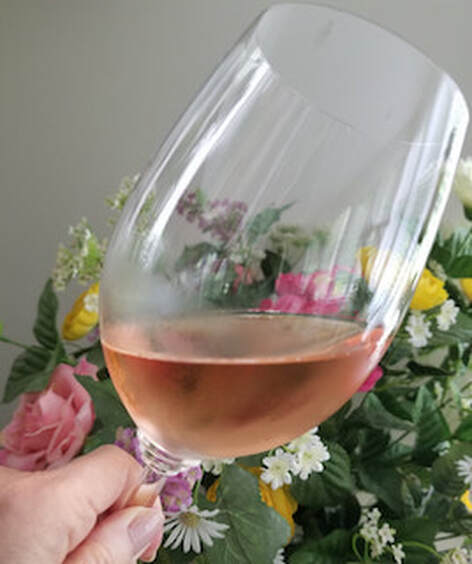
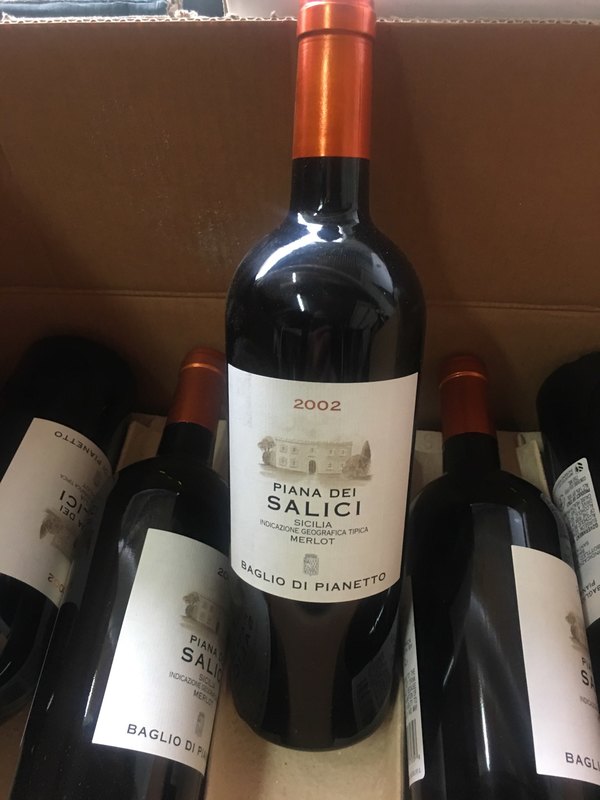
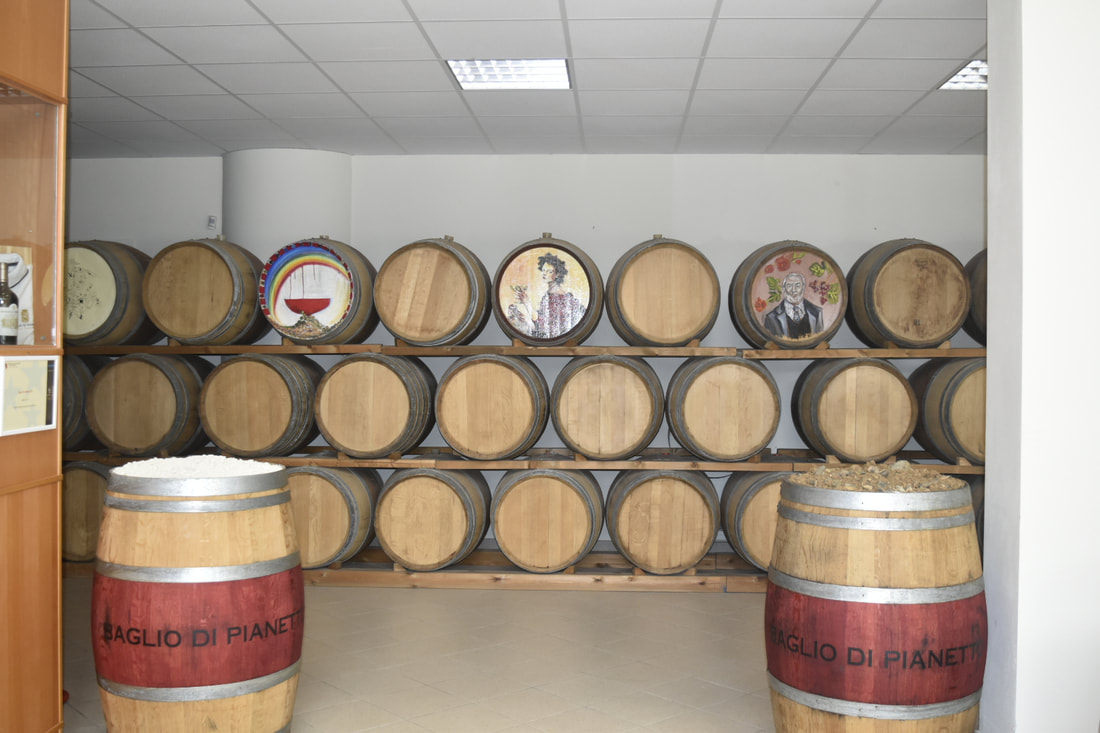
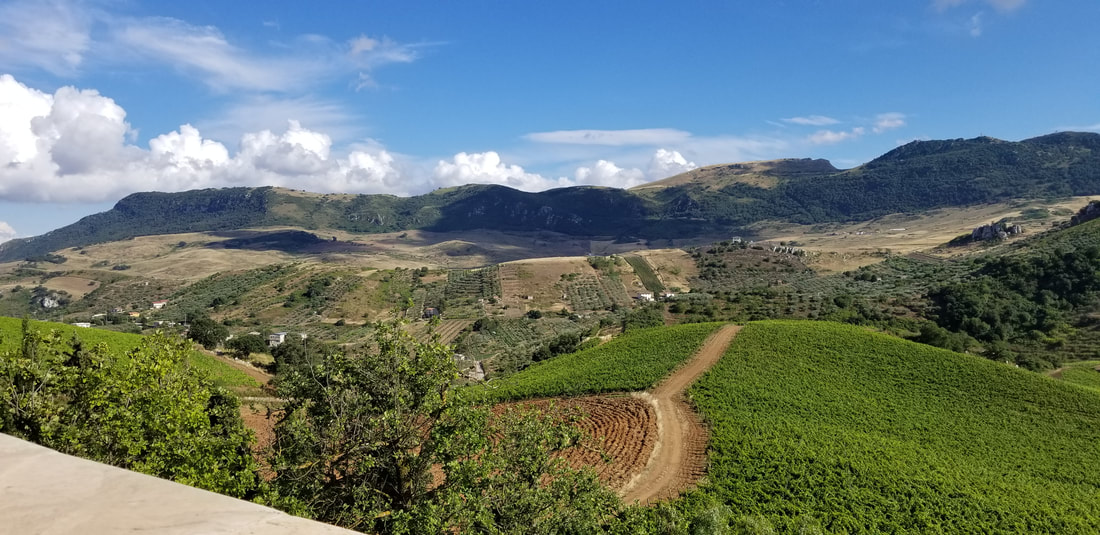
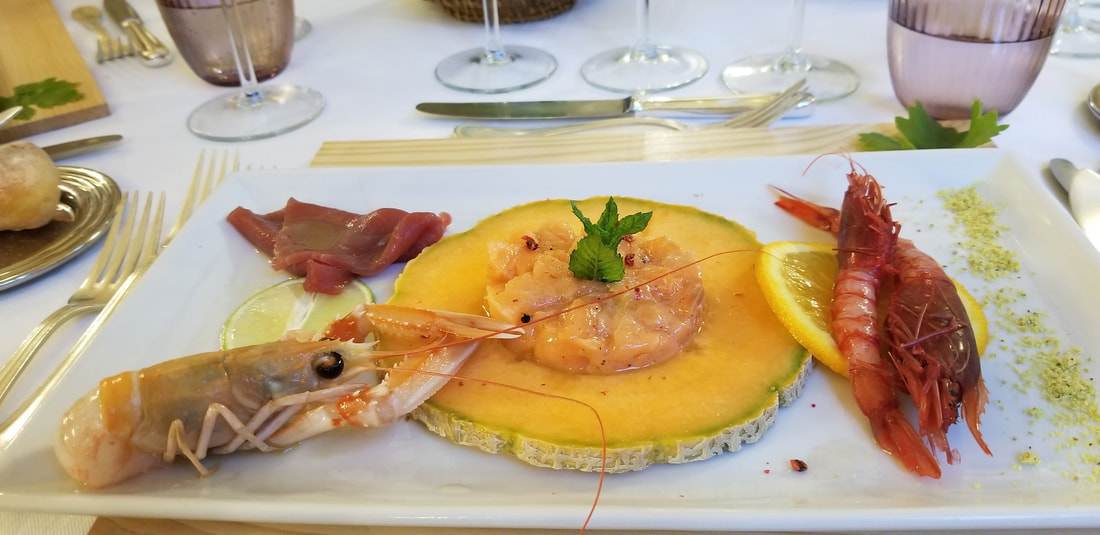
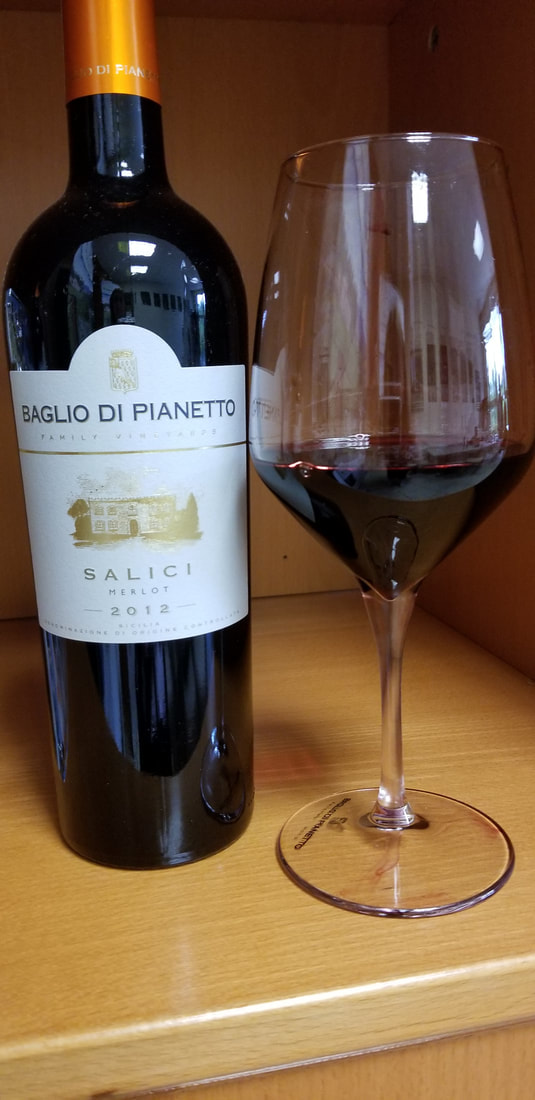
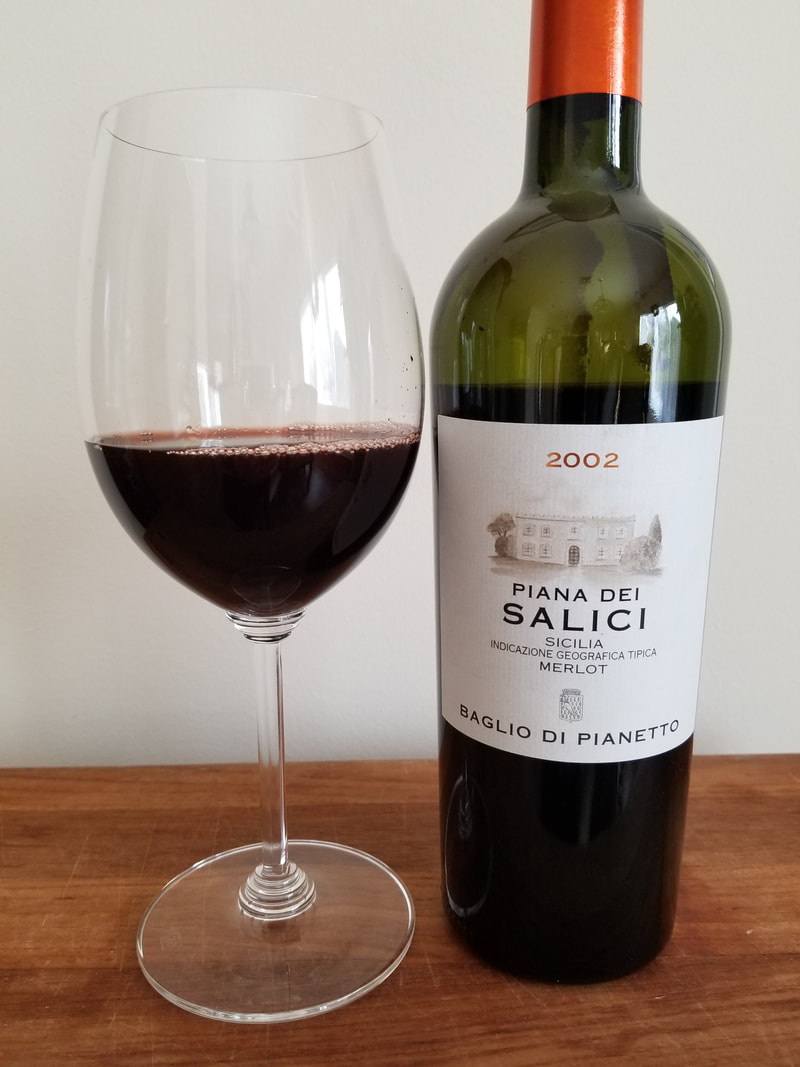
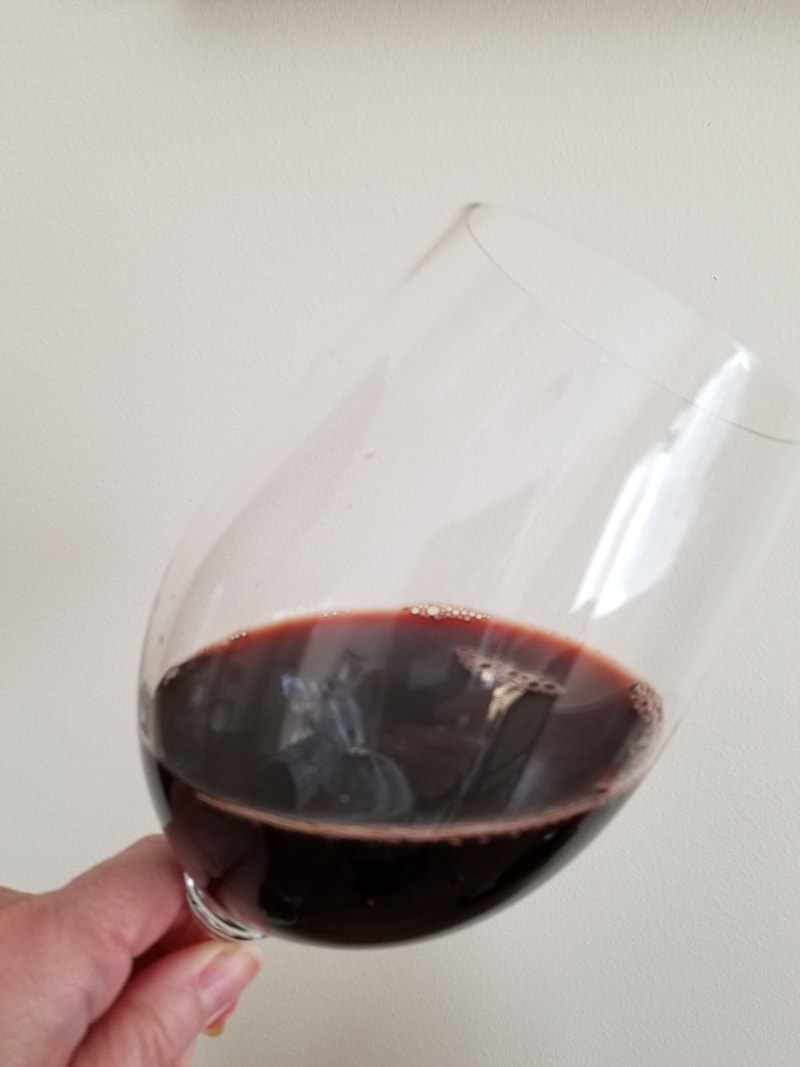
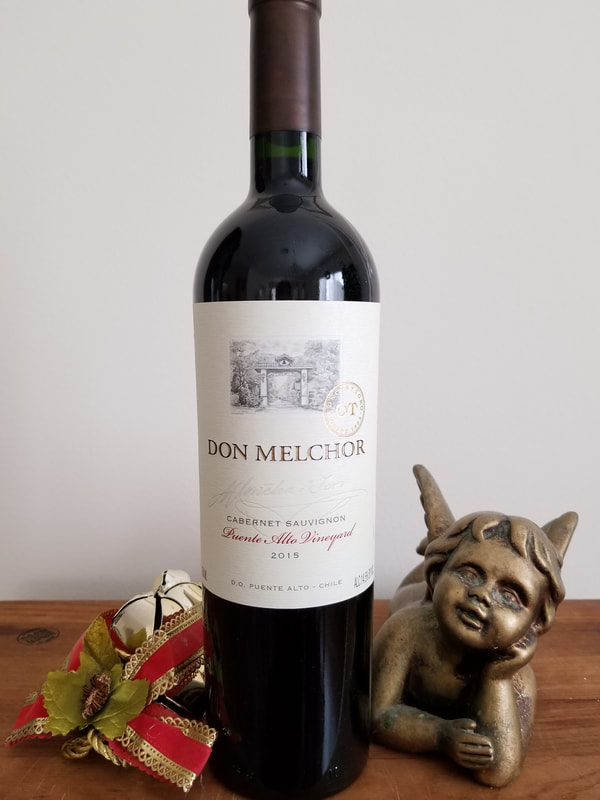
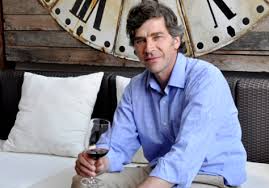
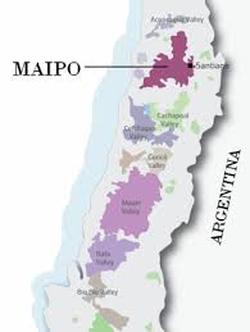
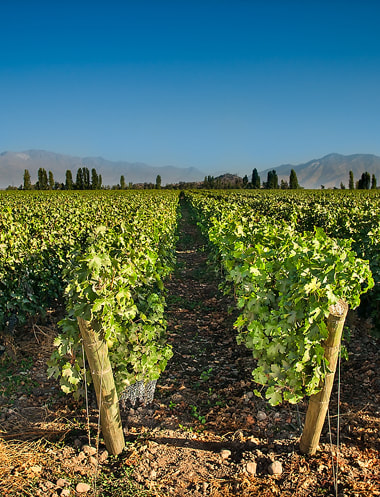
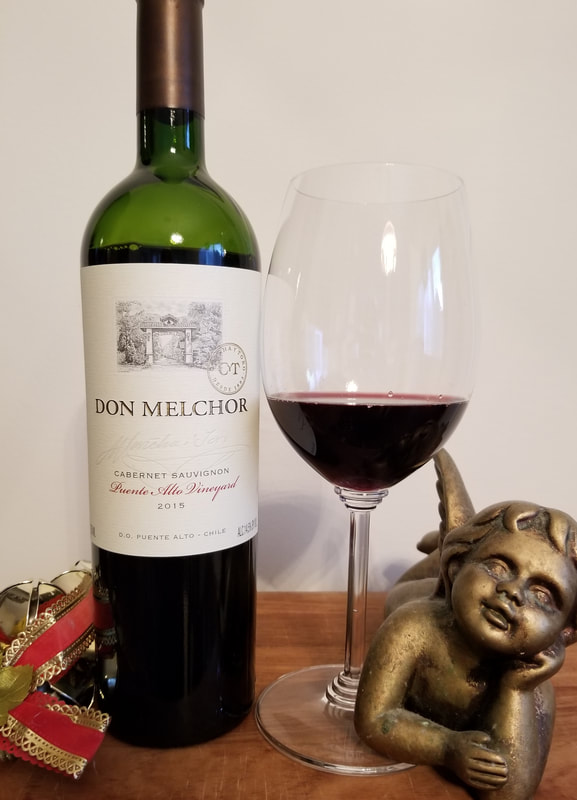
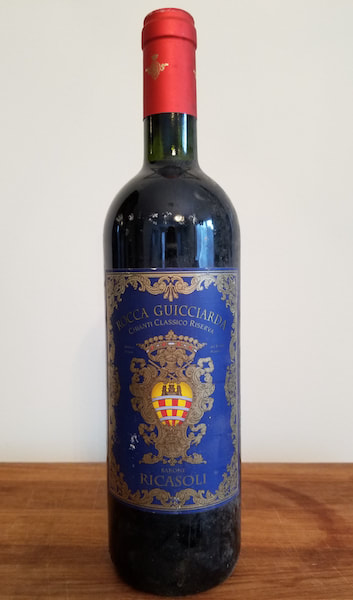
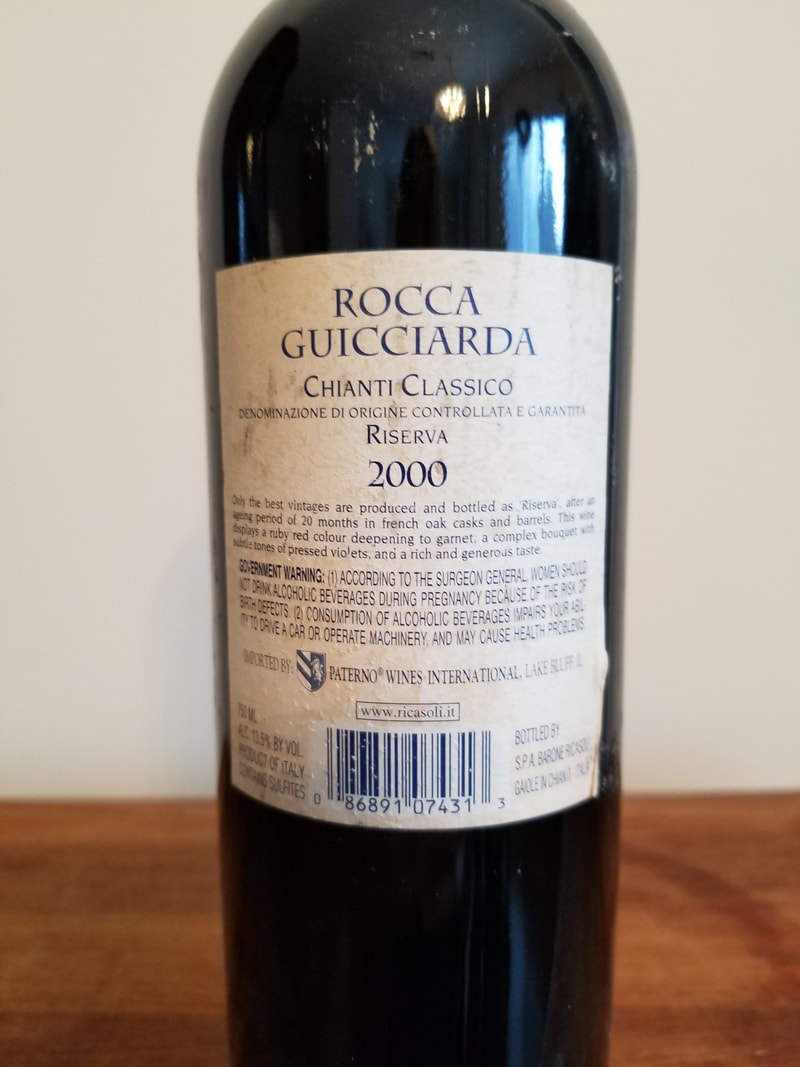
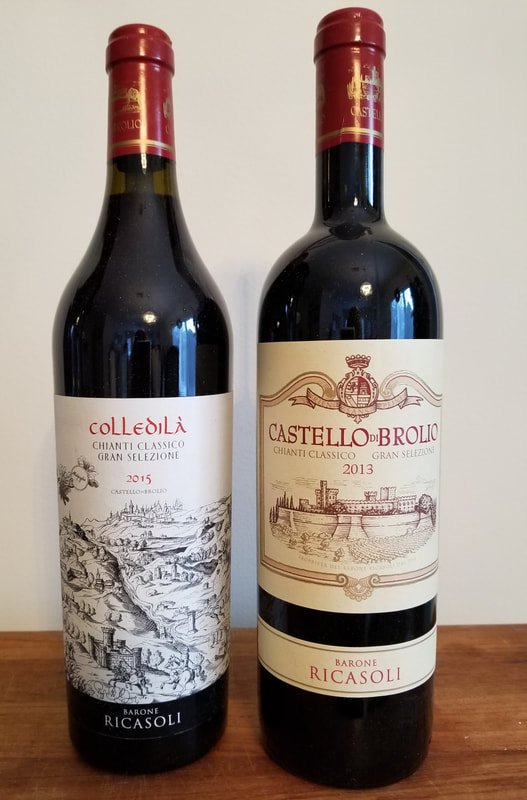


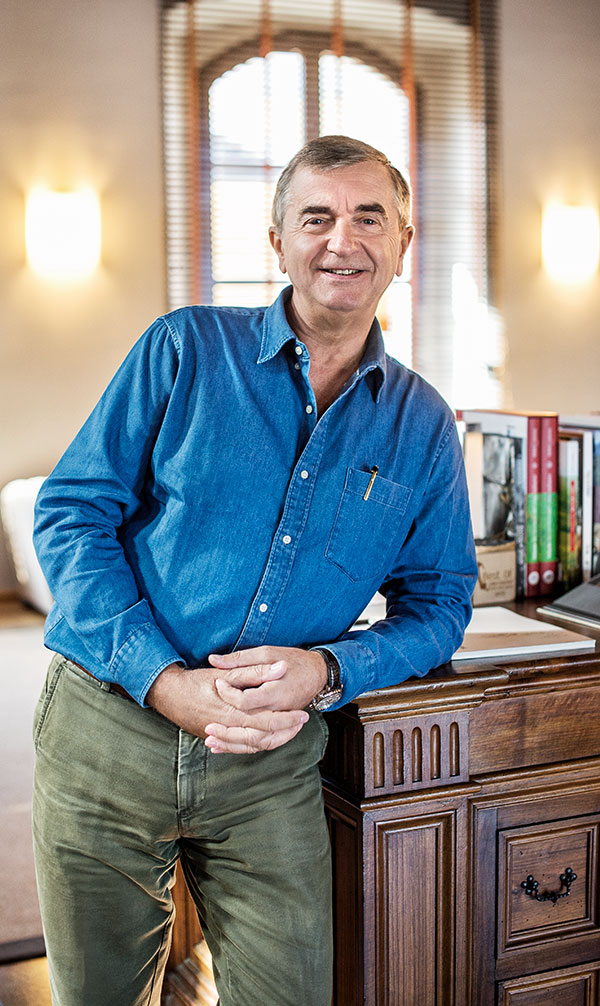
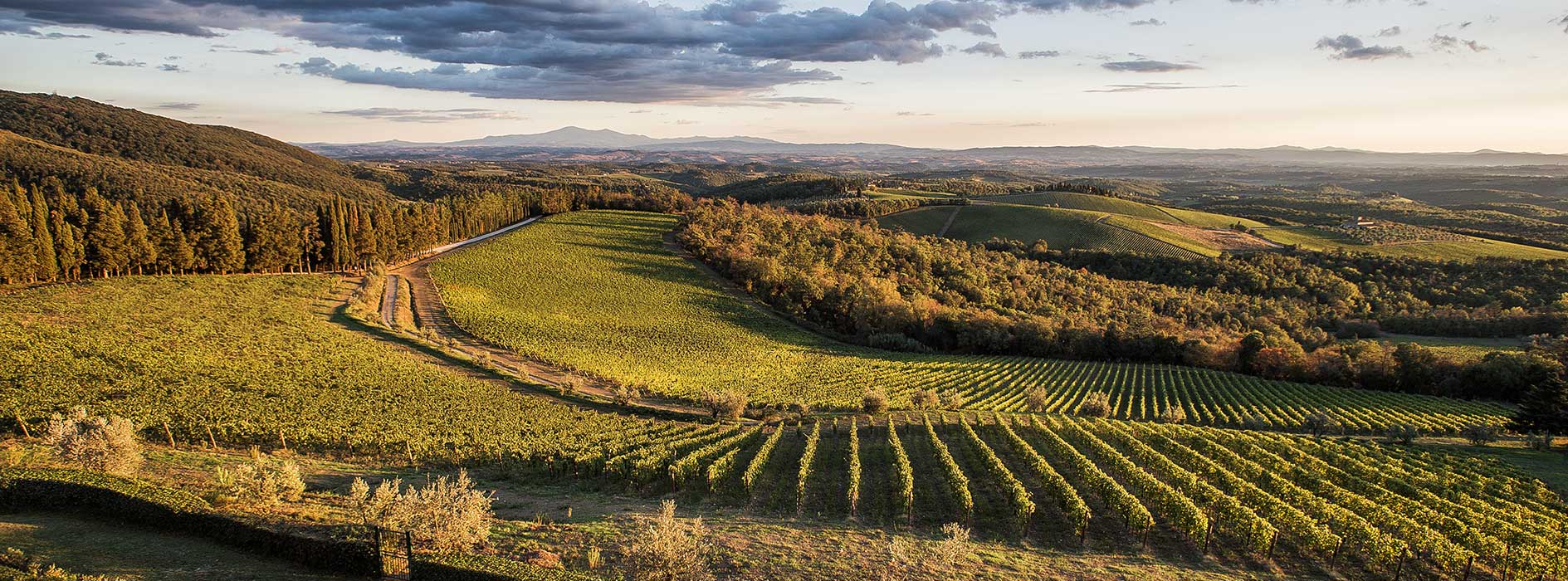
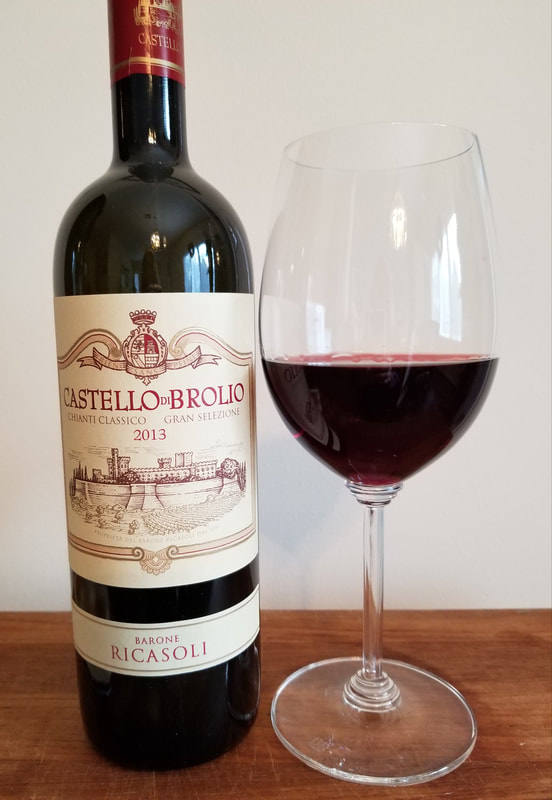
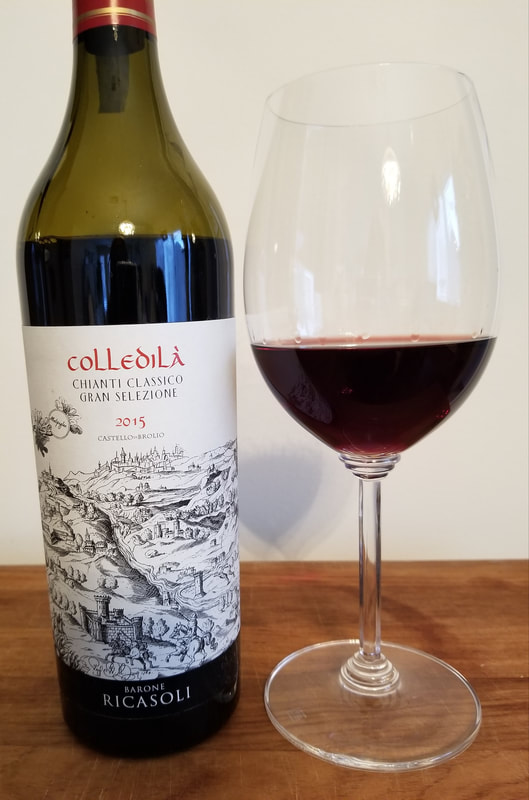
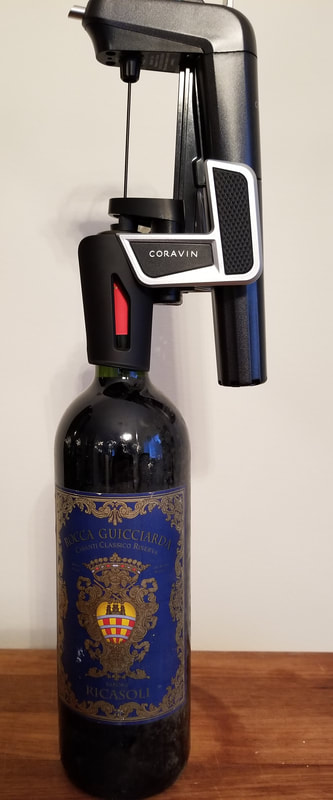
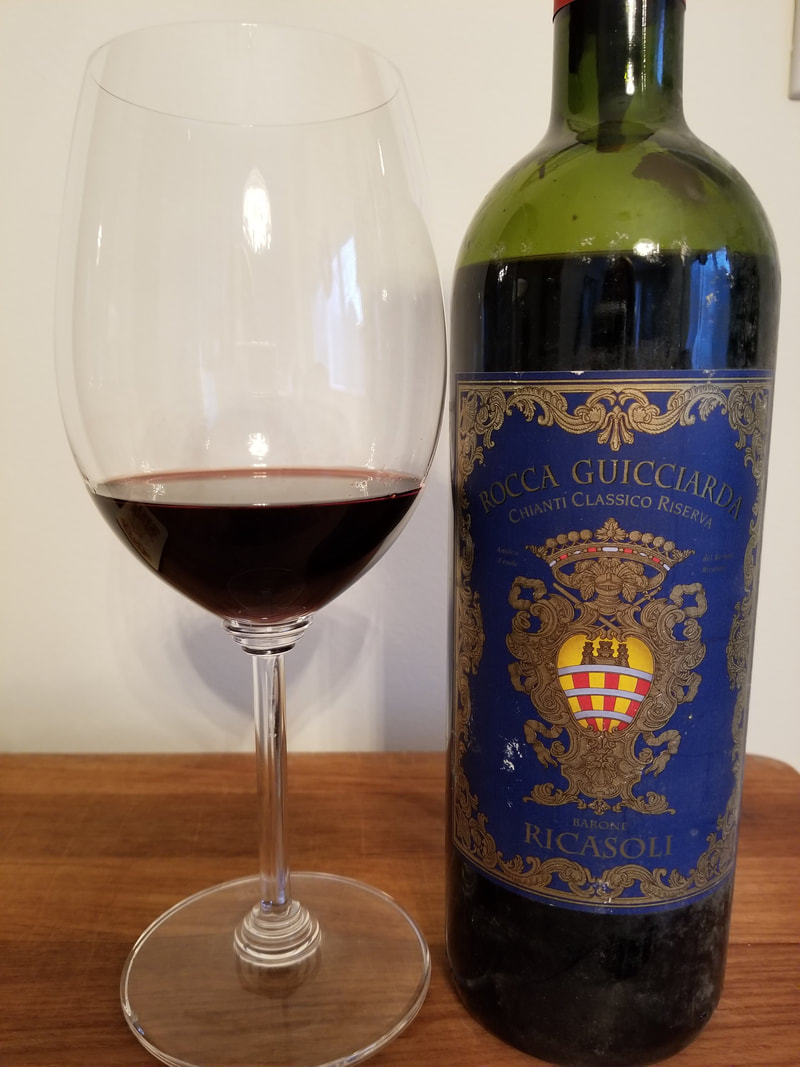
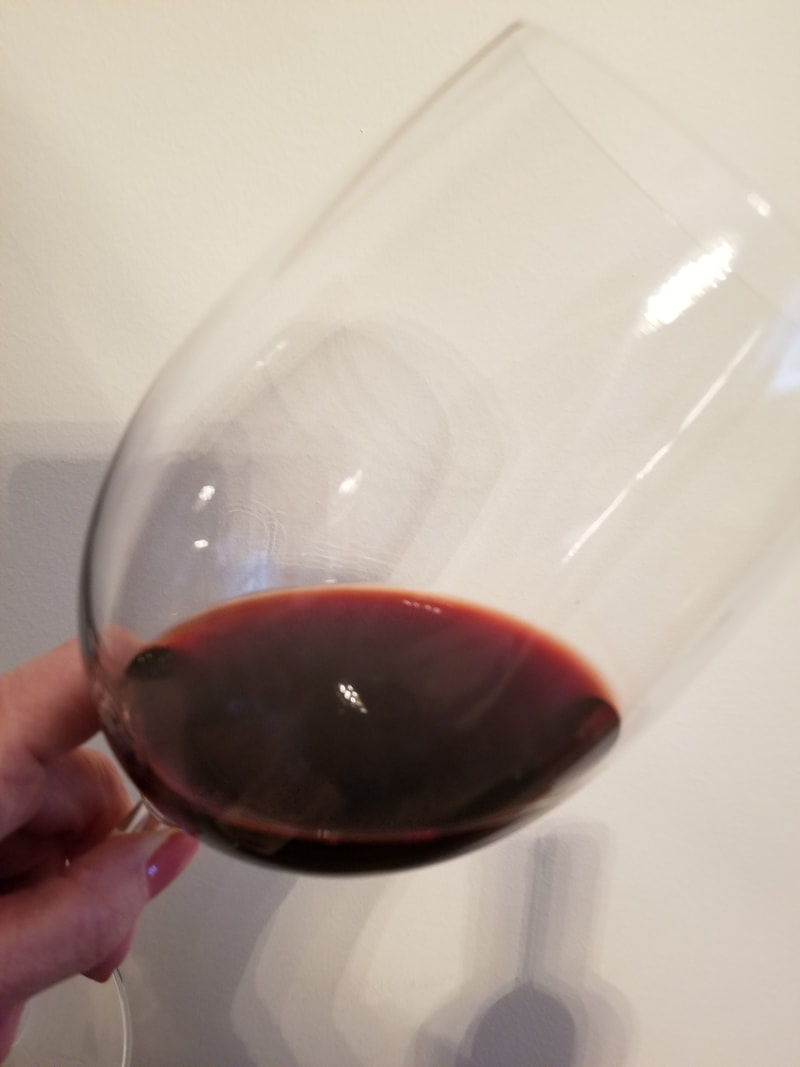
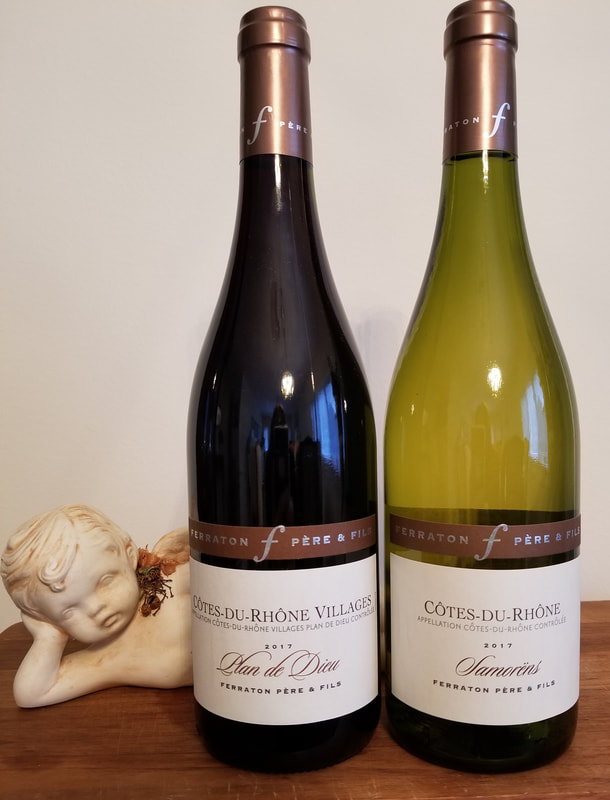
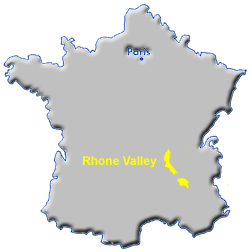
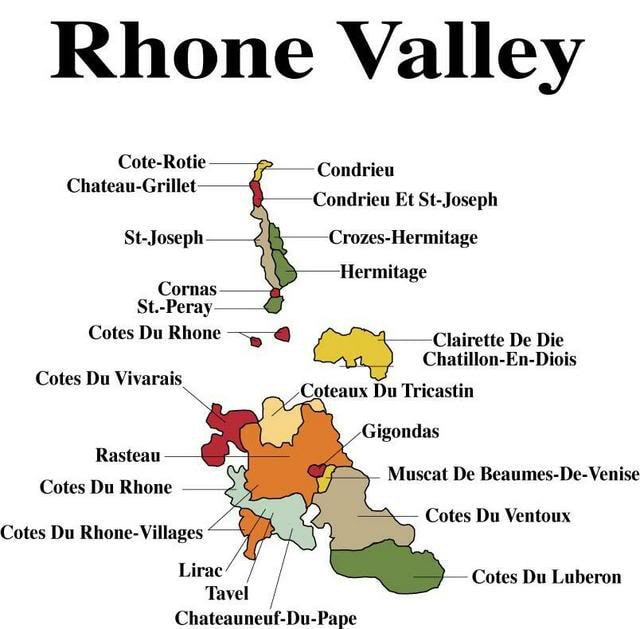
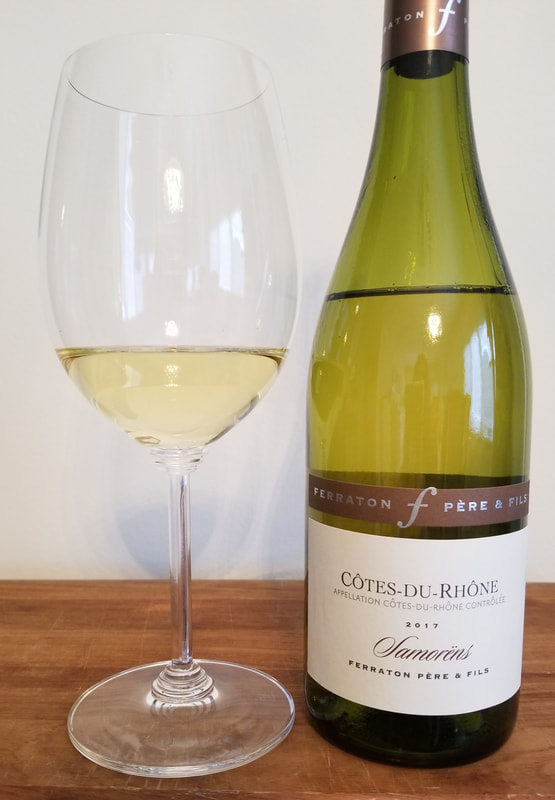
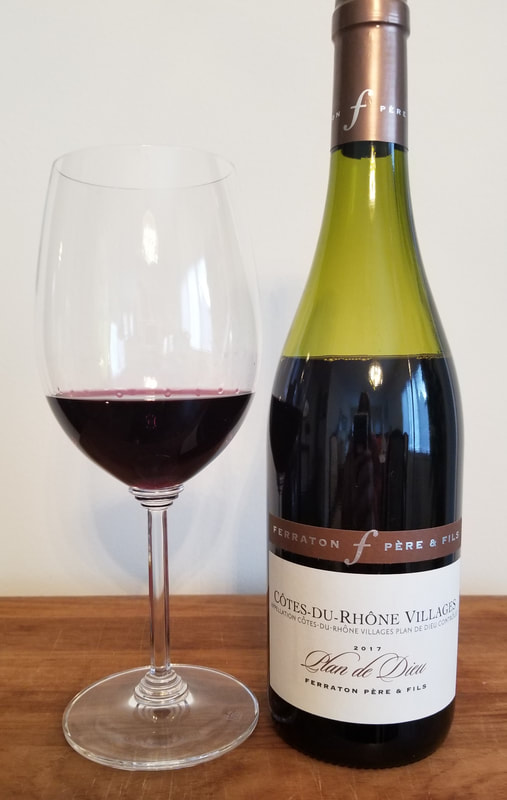

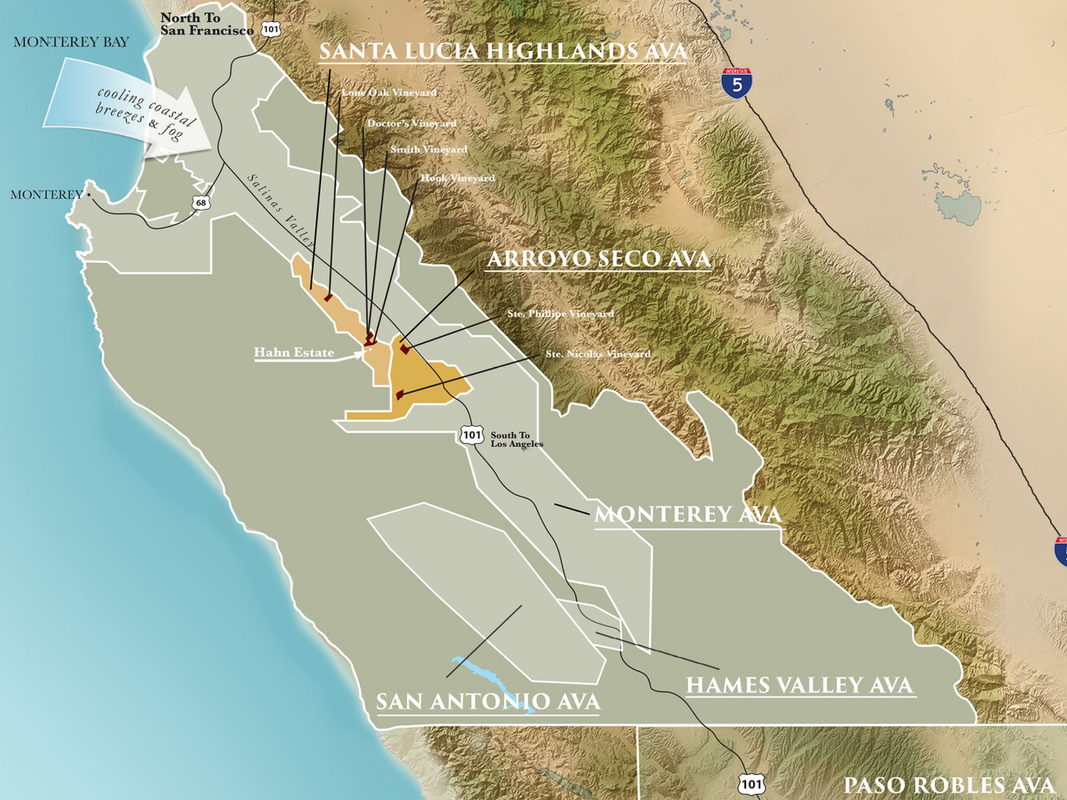
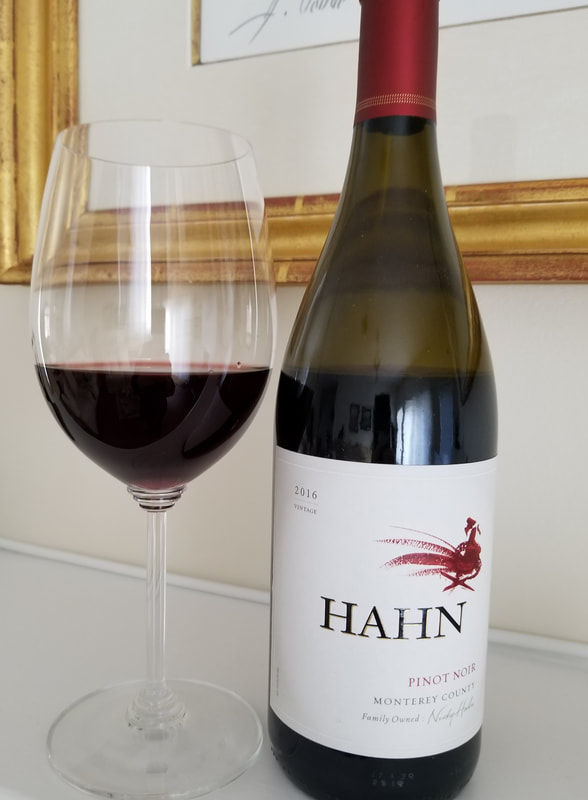
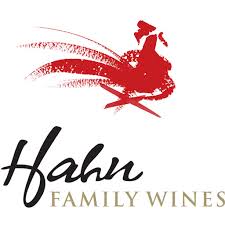
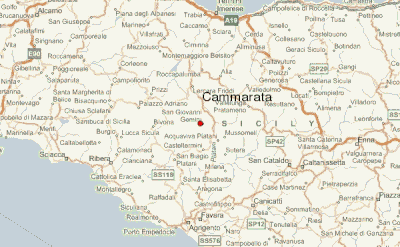
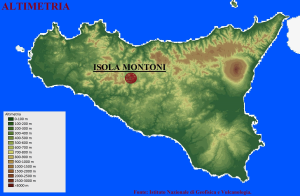
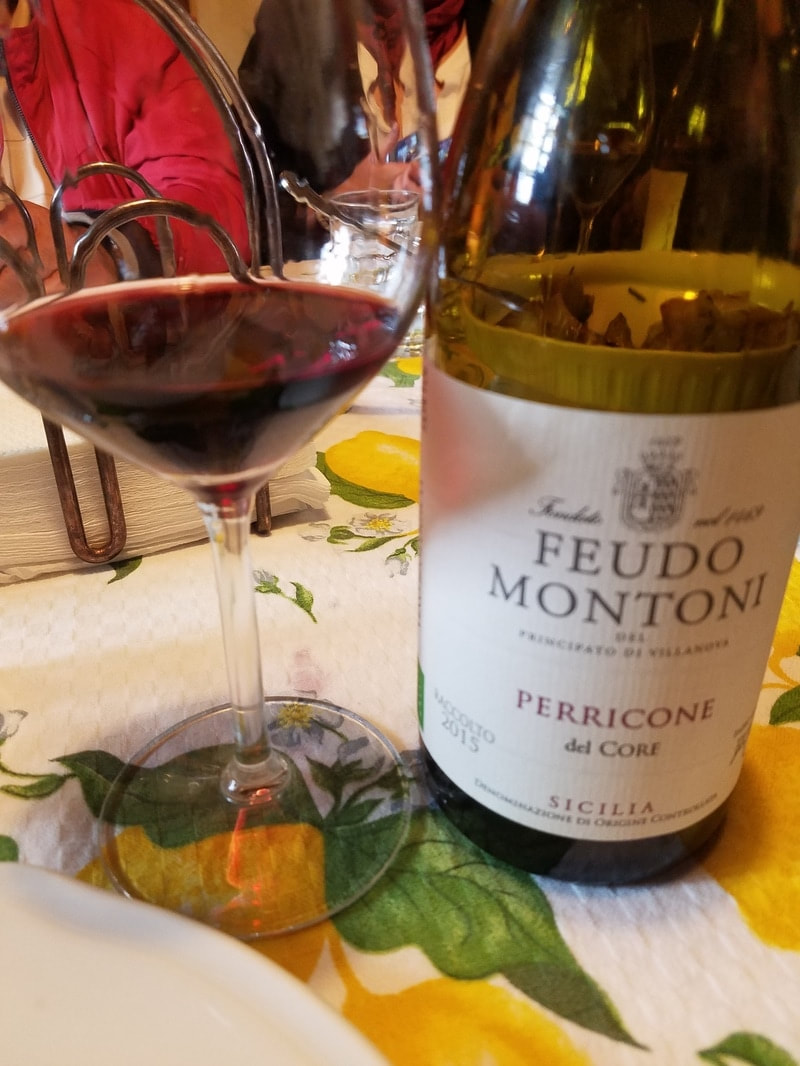
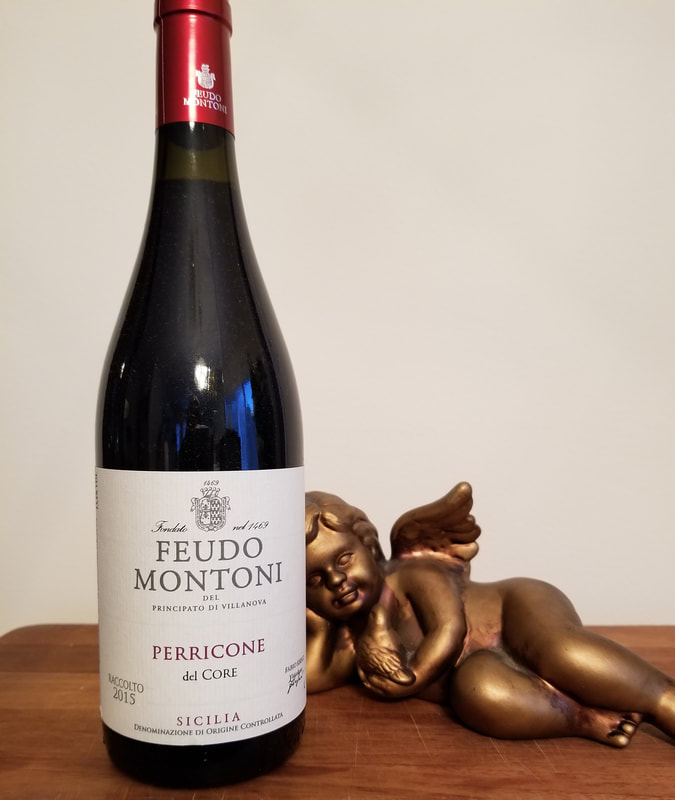
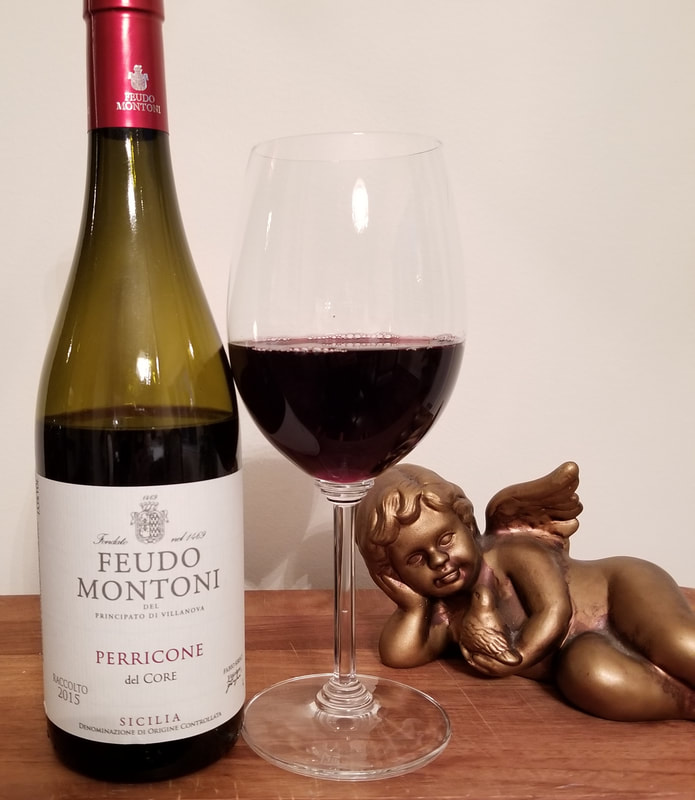
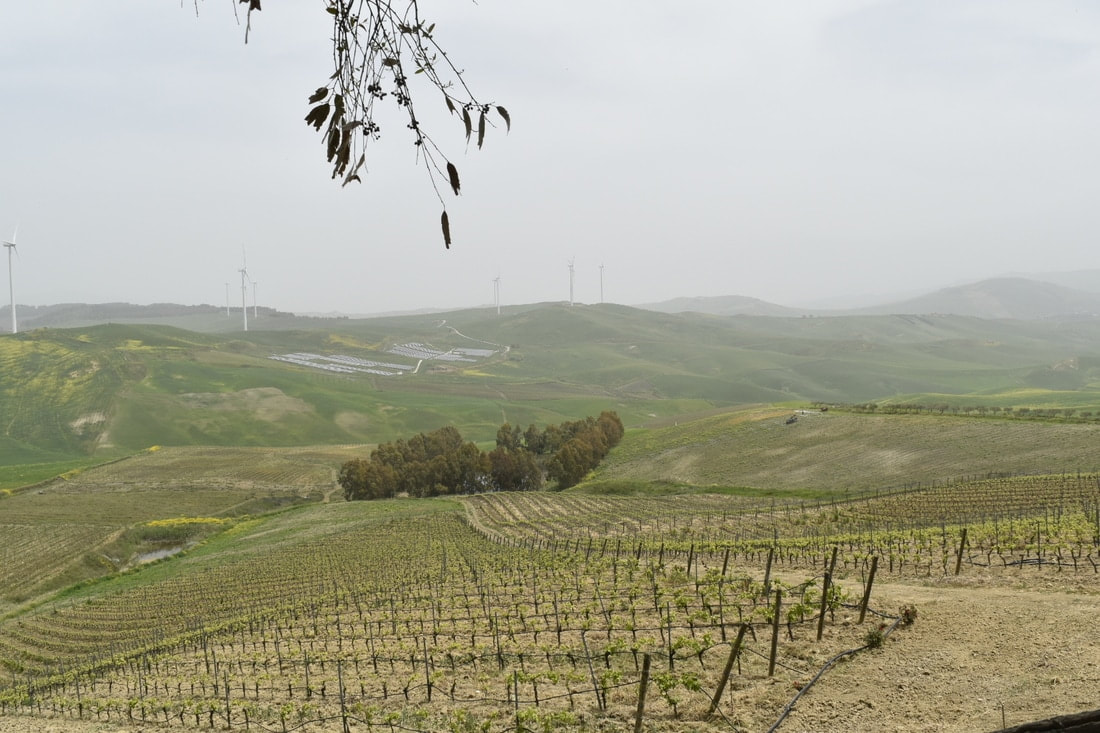
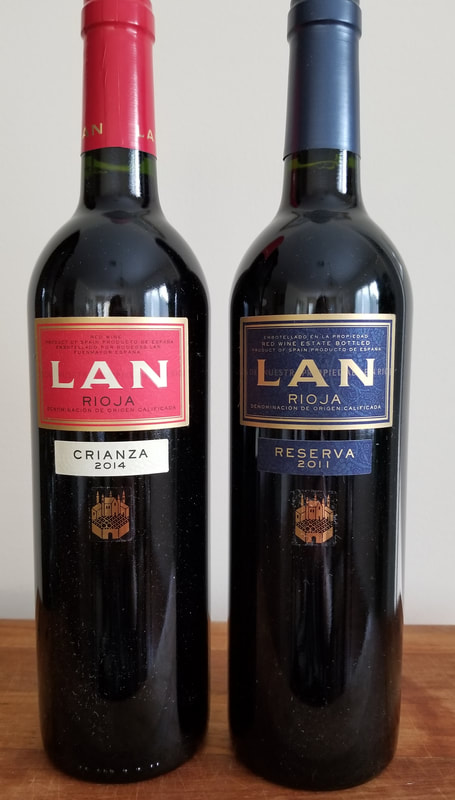
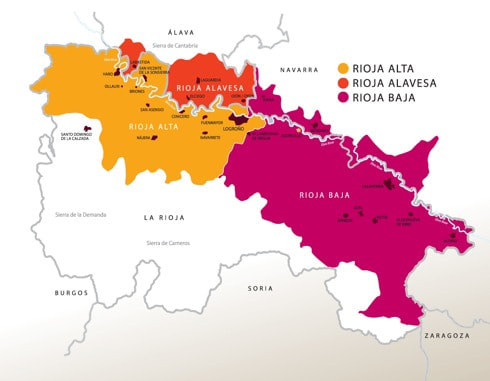

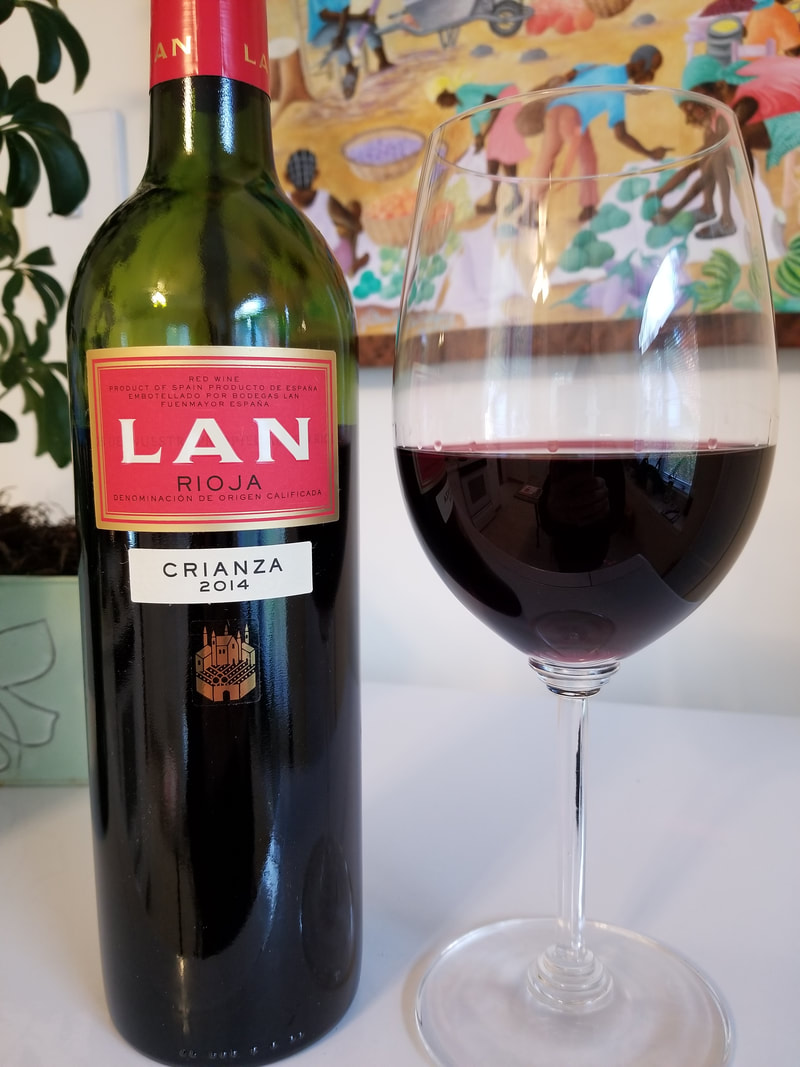
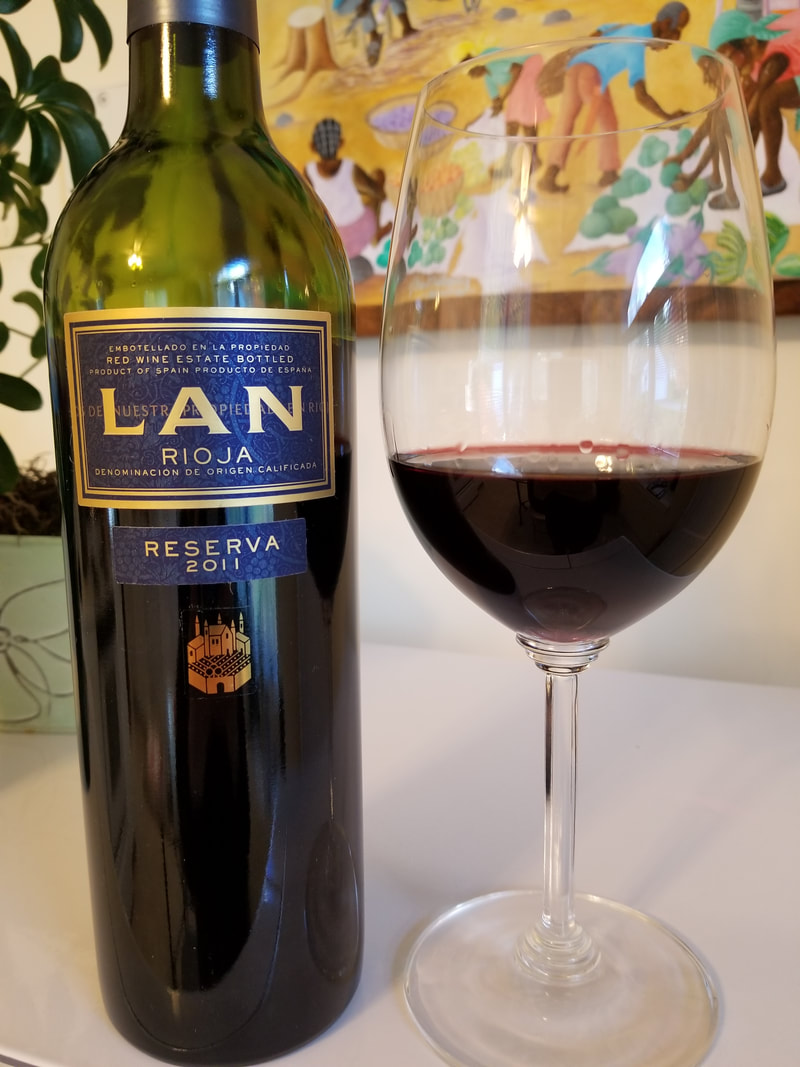
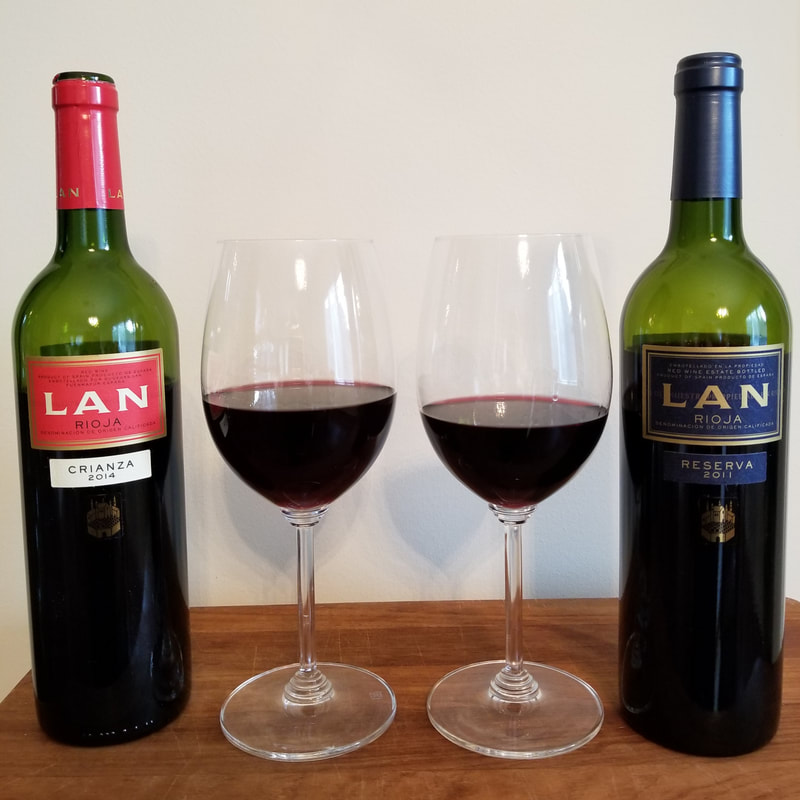

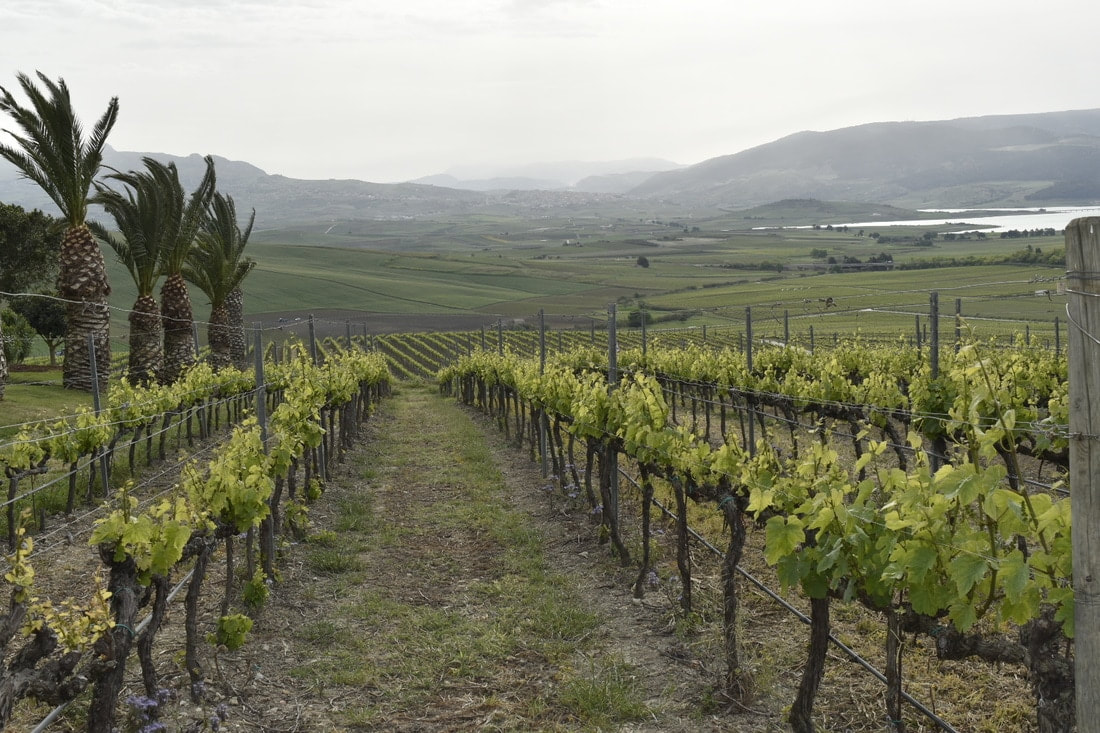
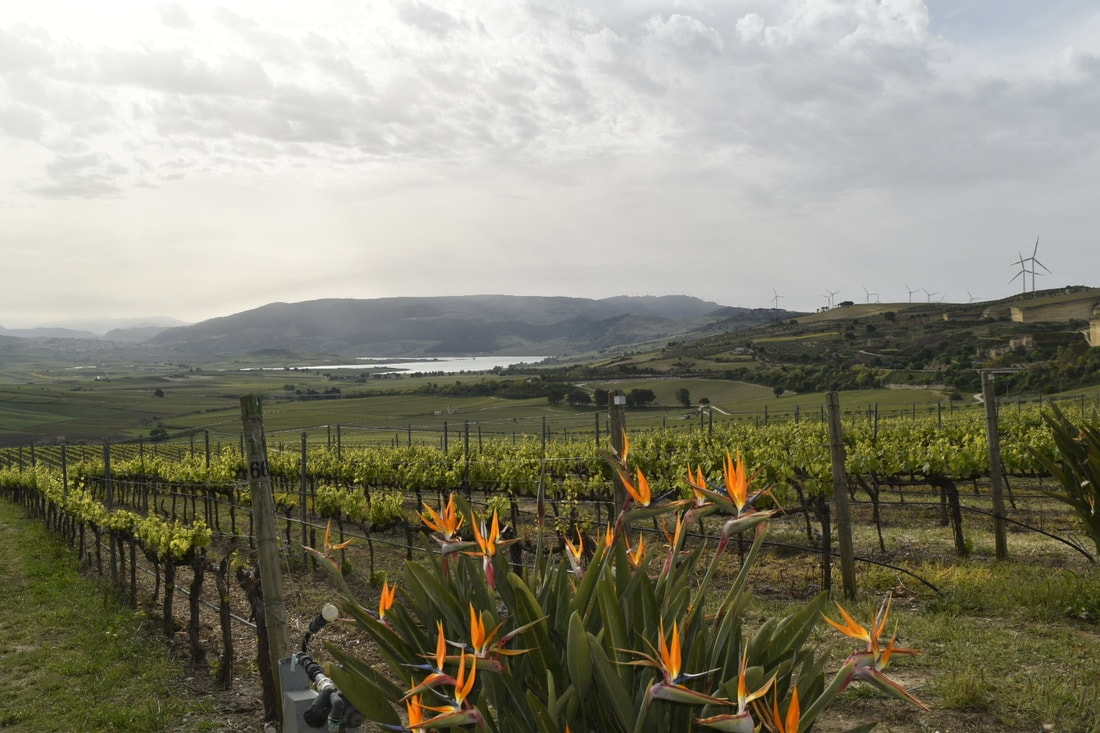
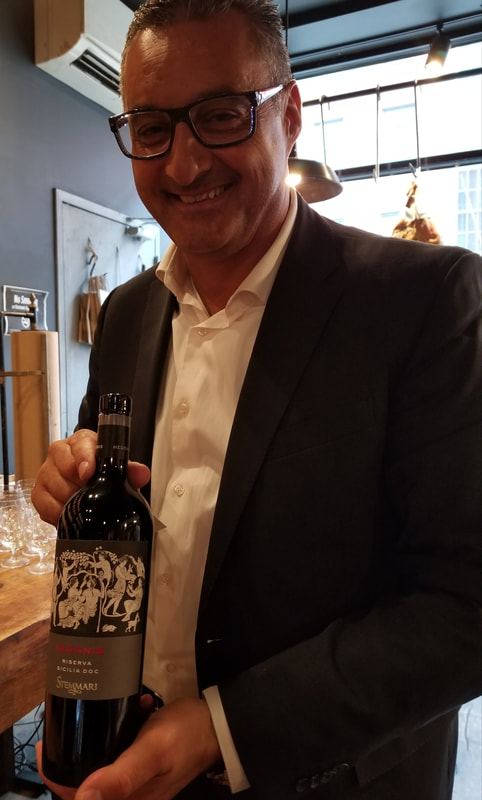
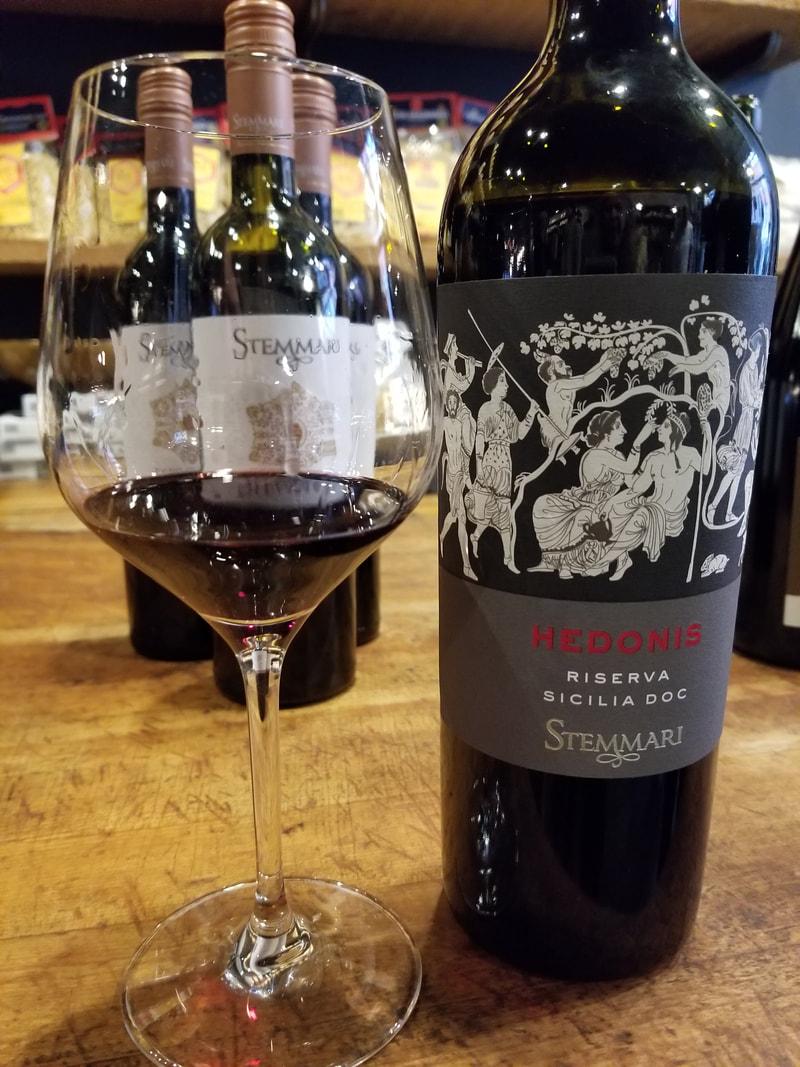

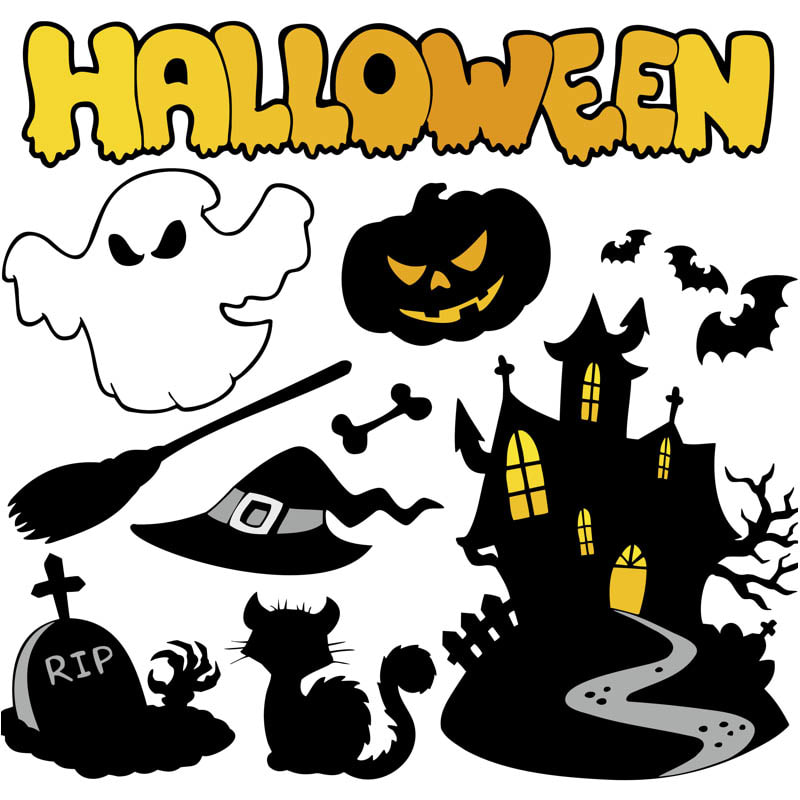
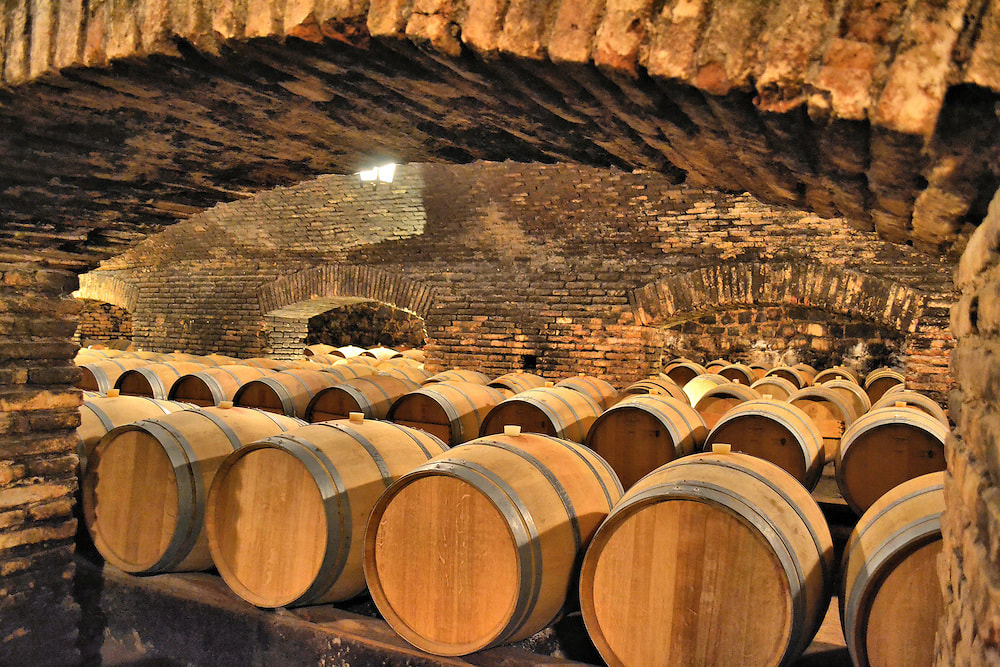
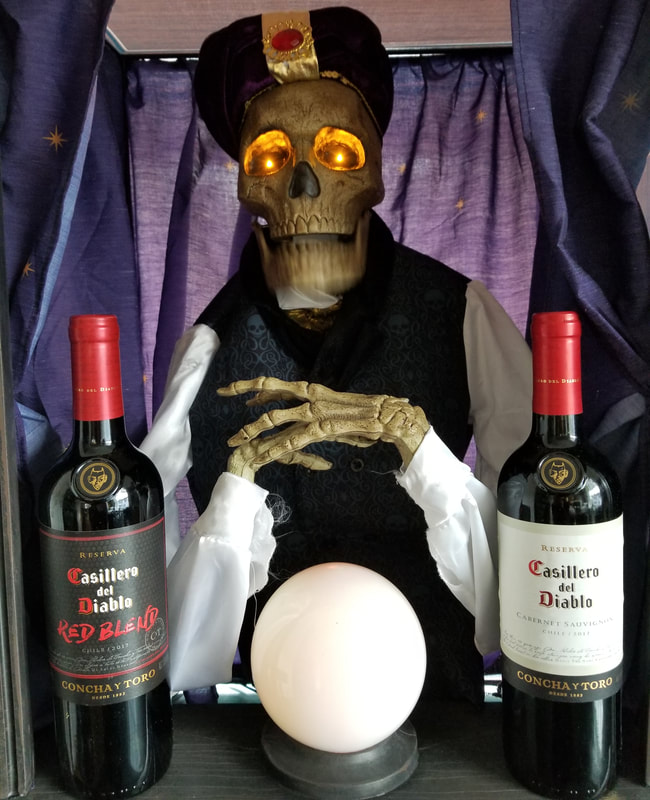
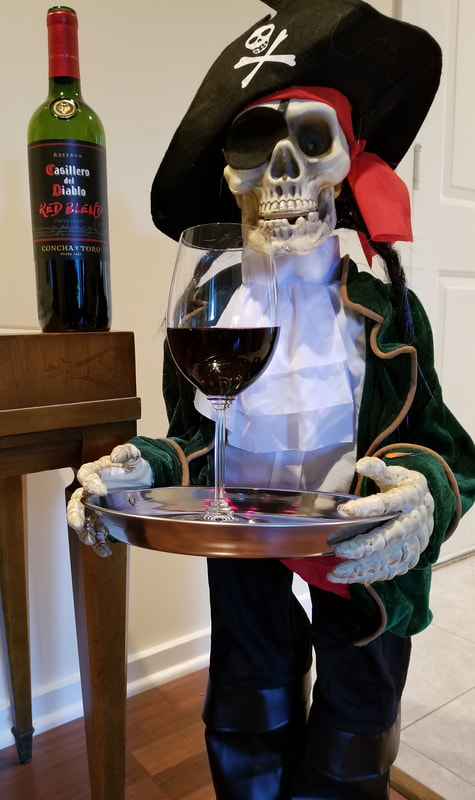
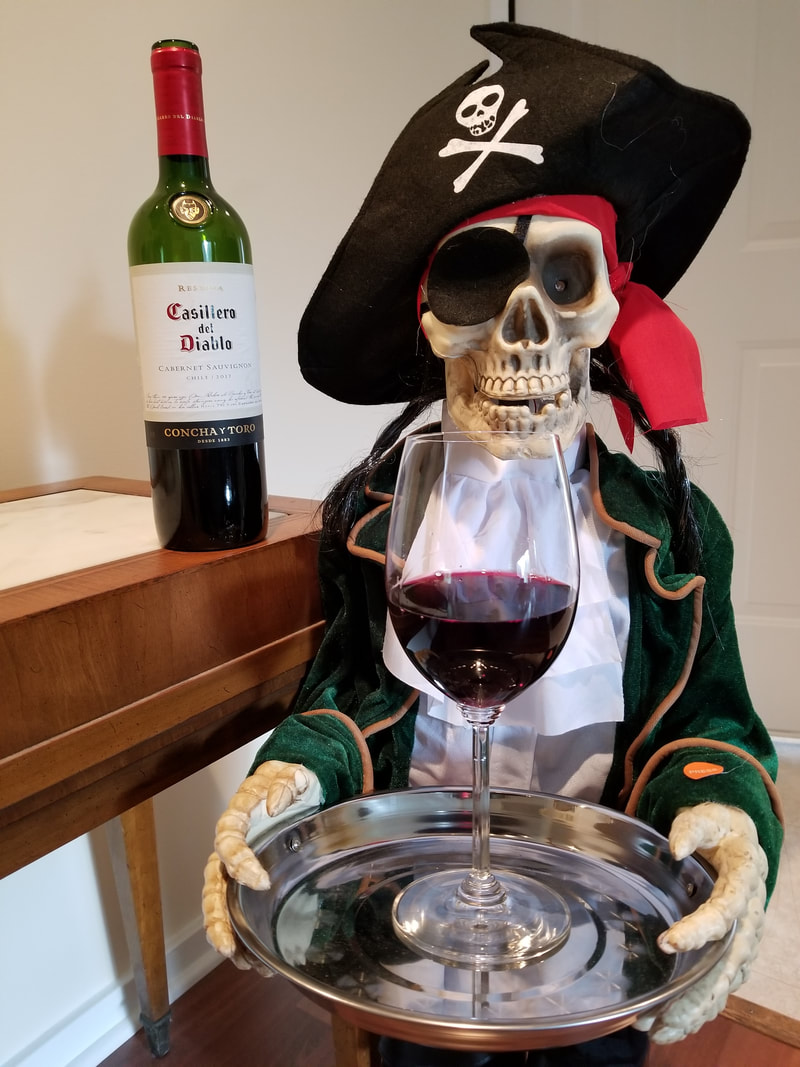
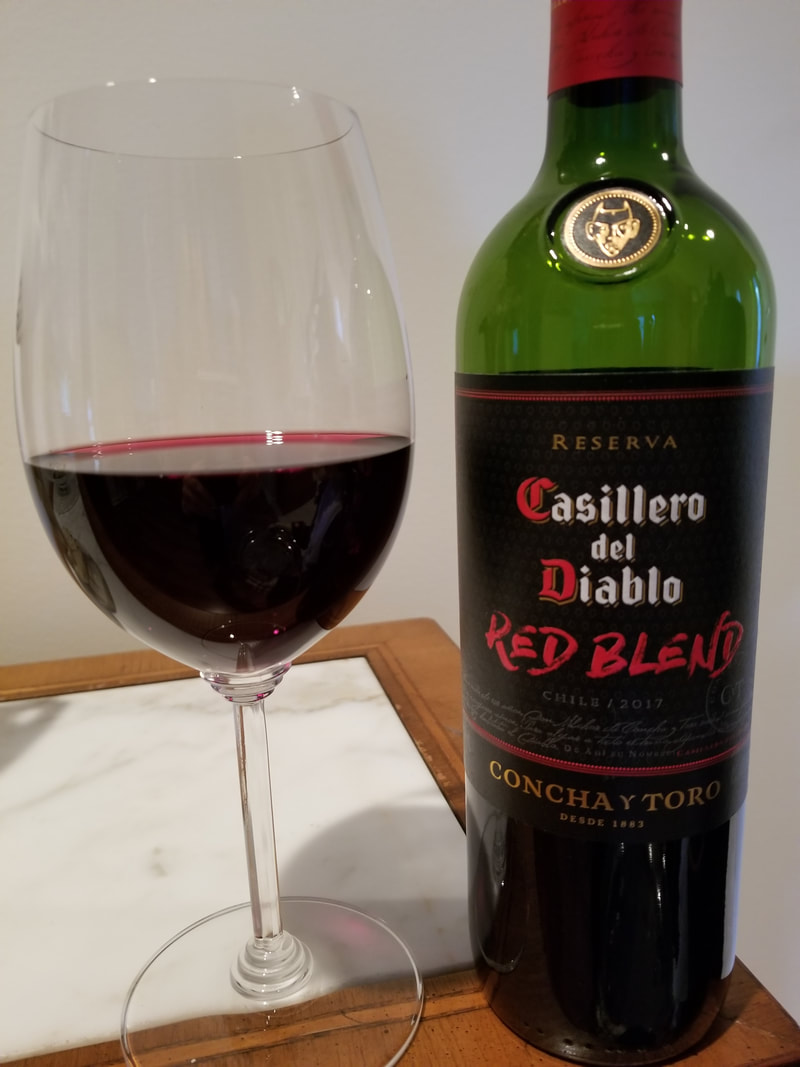
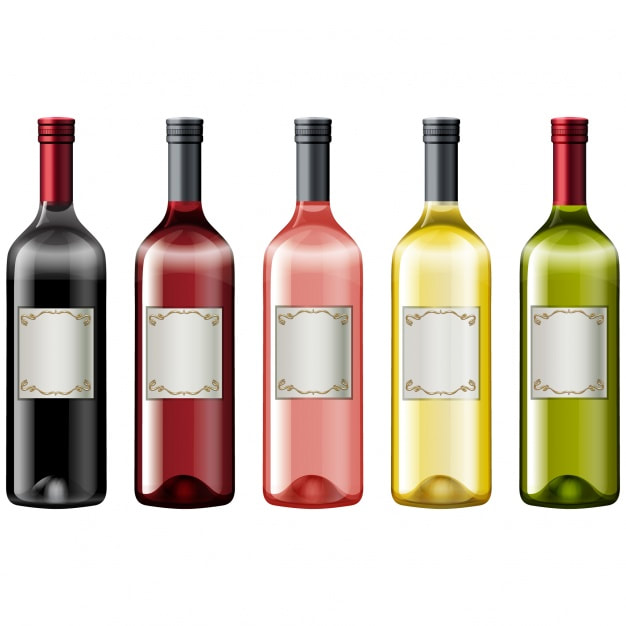
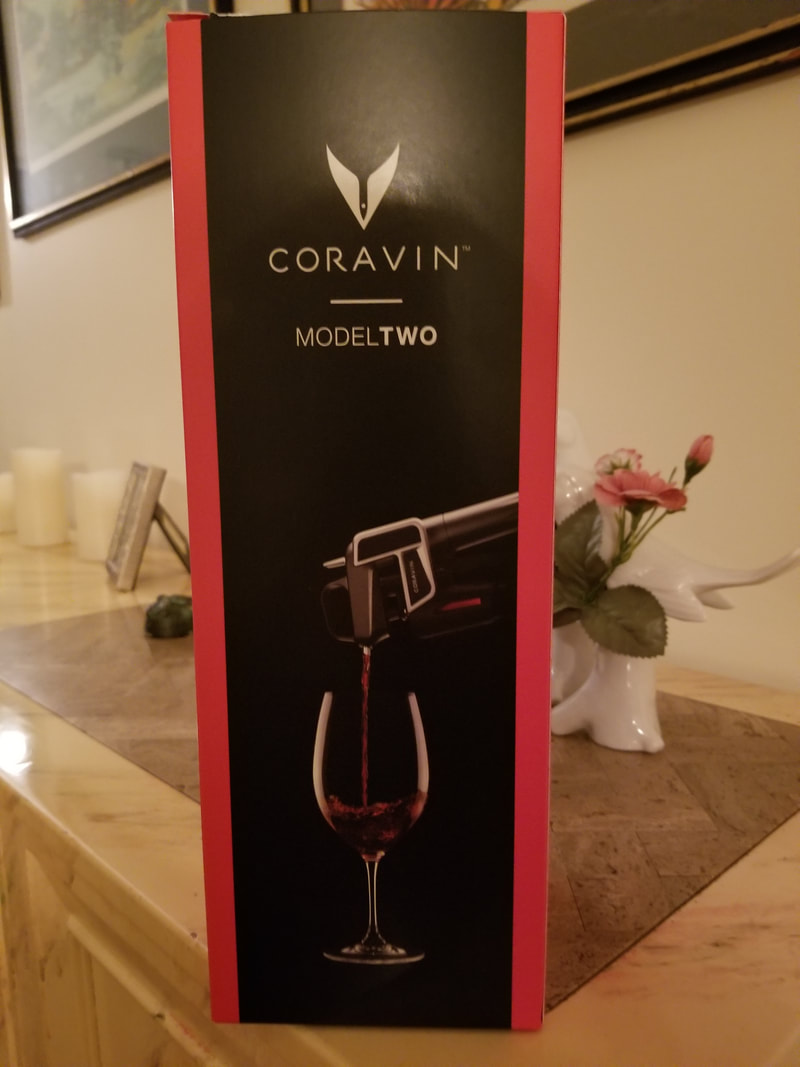

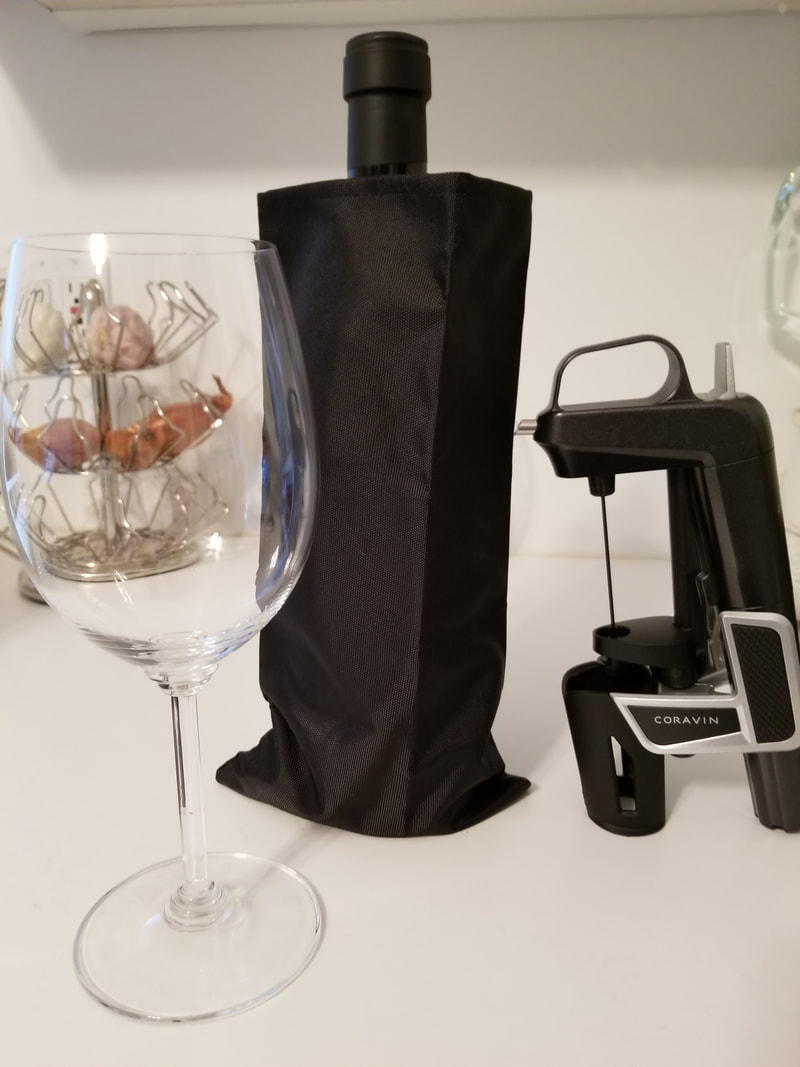
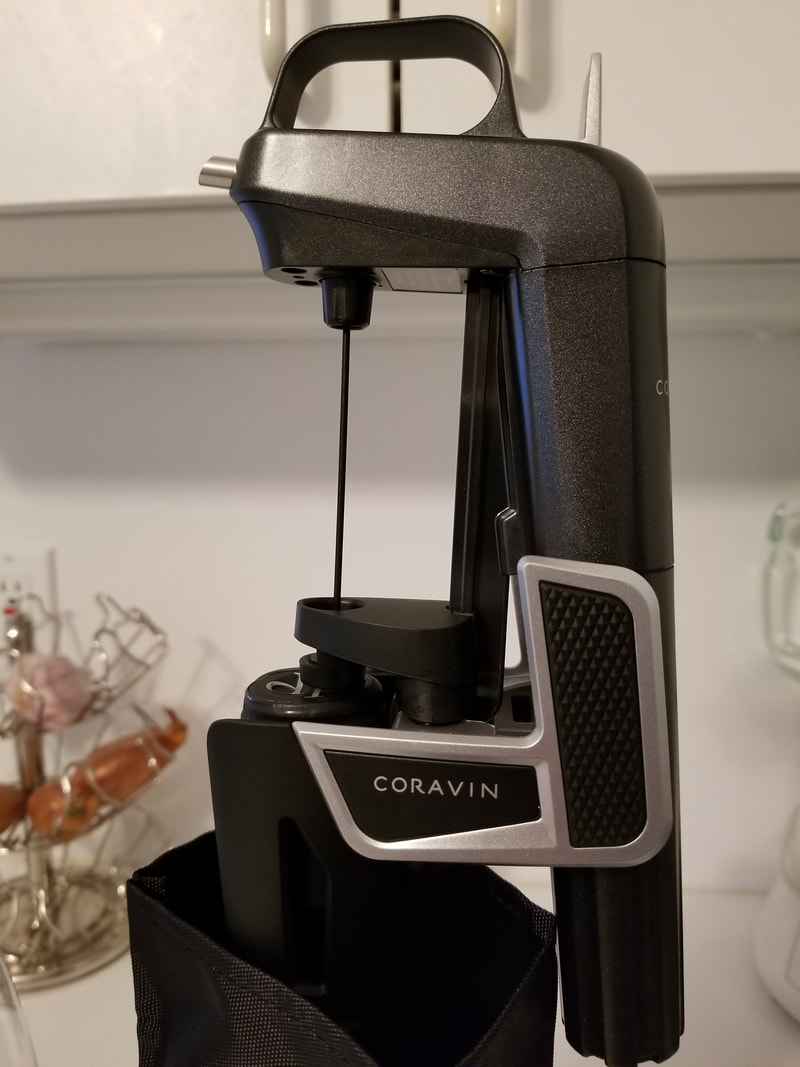
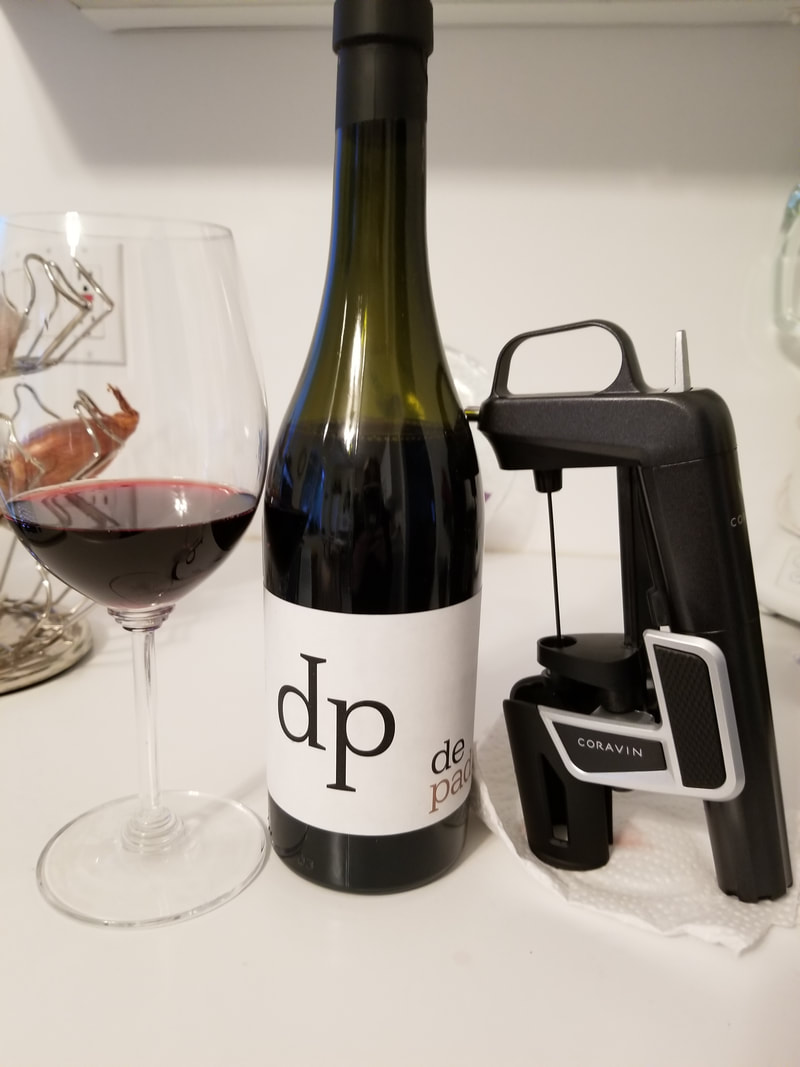
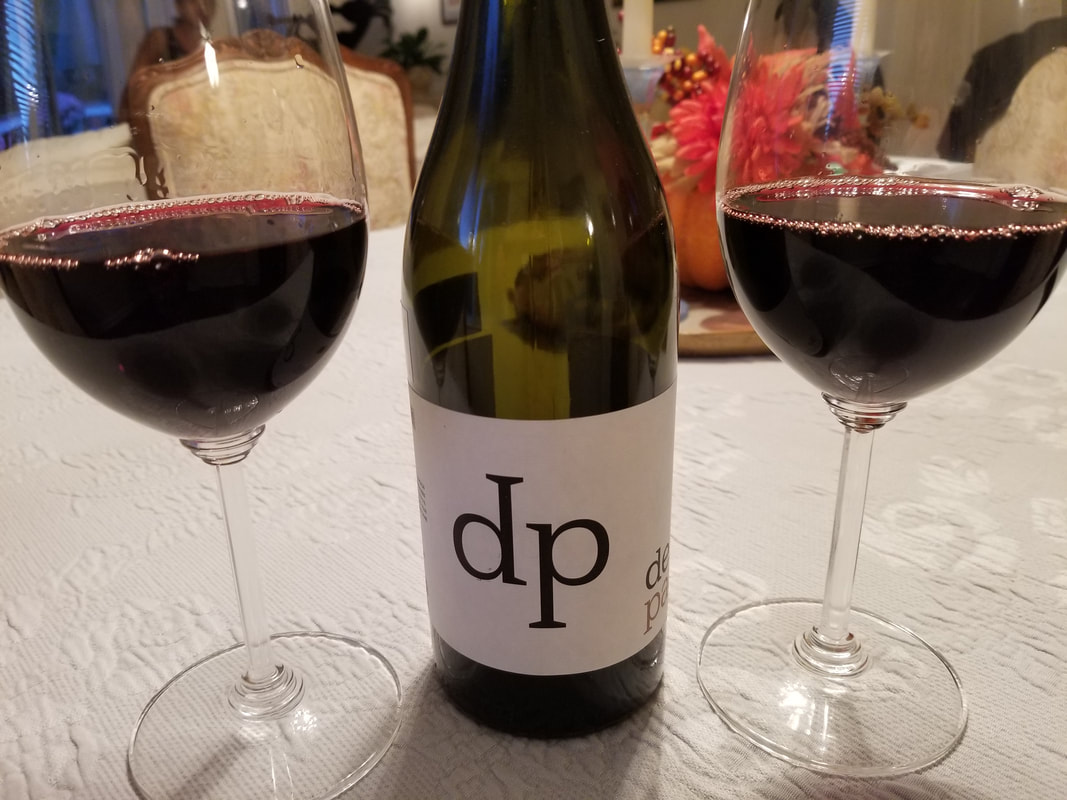
 RSS Feed
RSS Feed